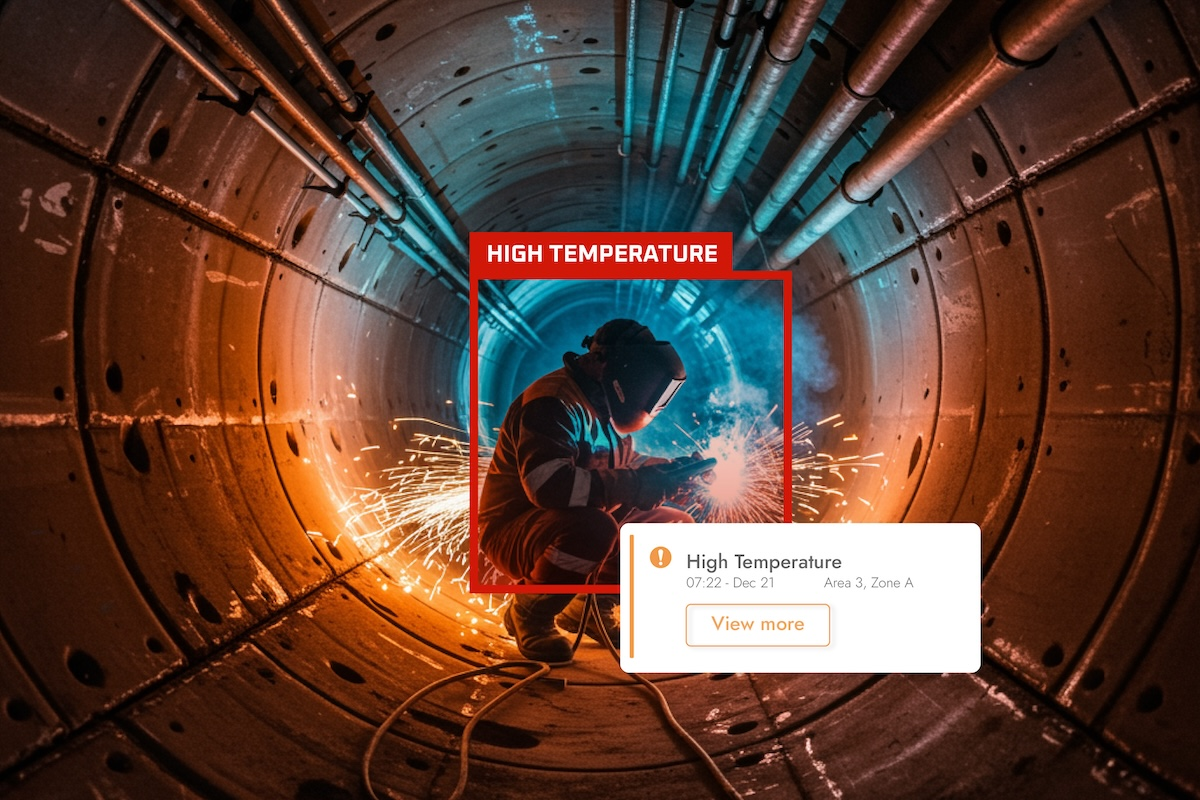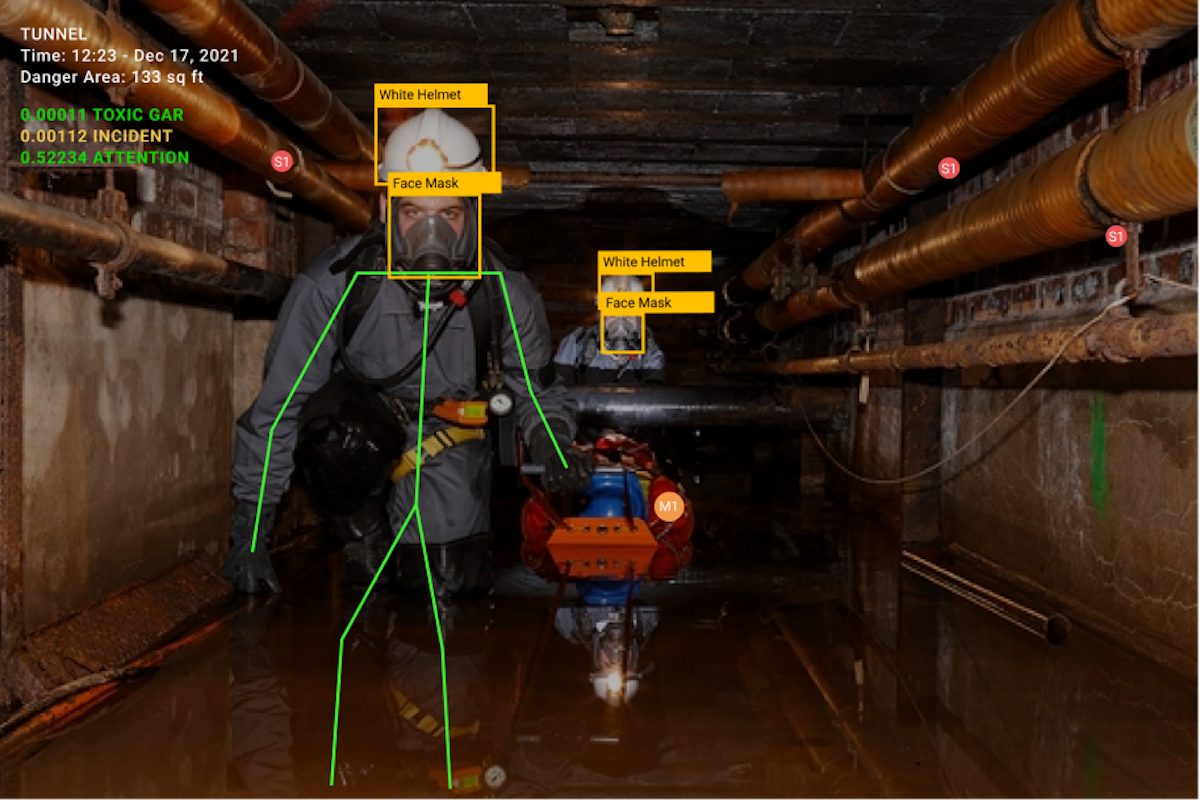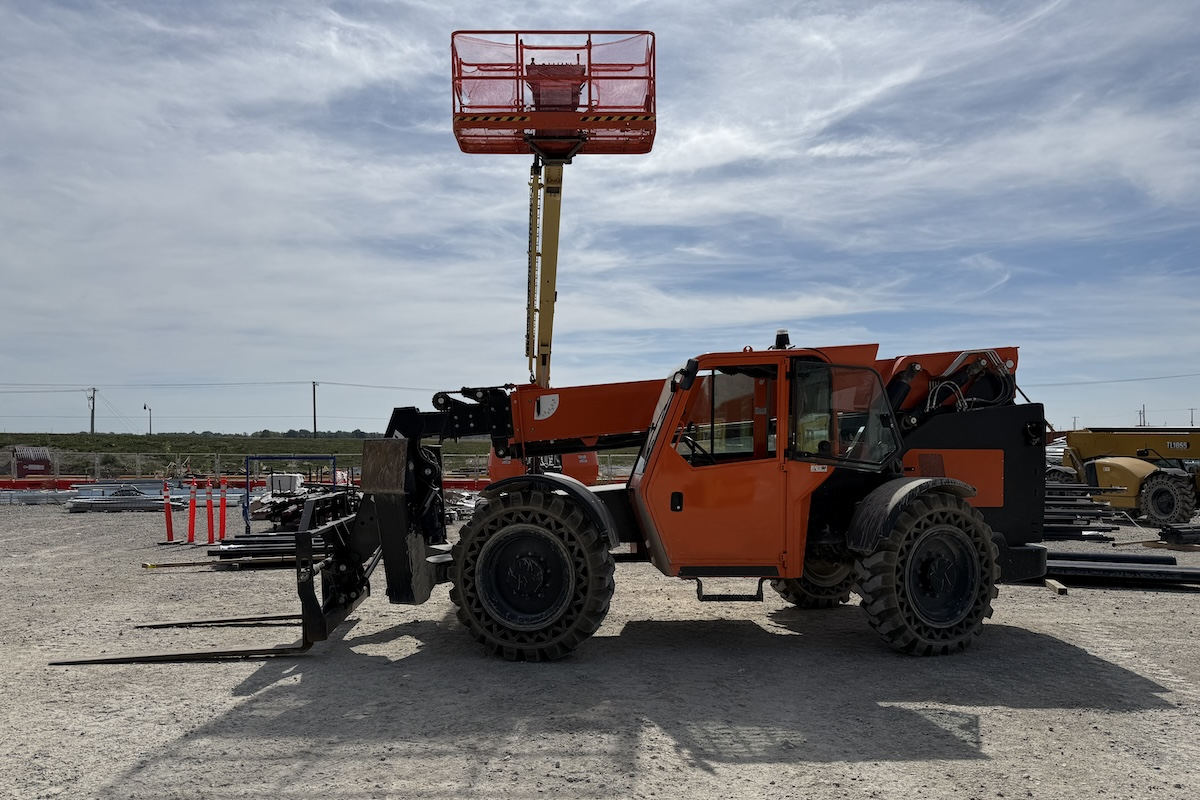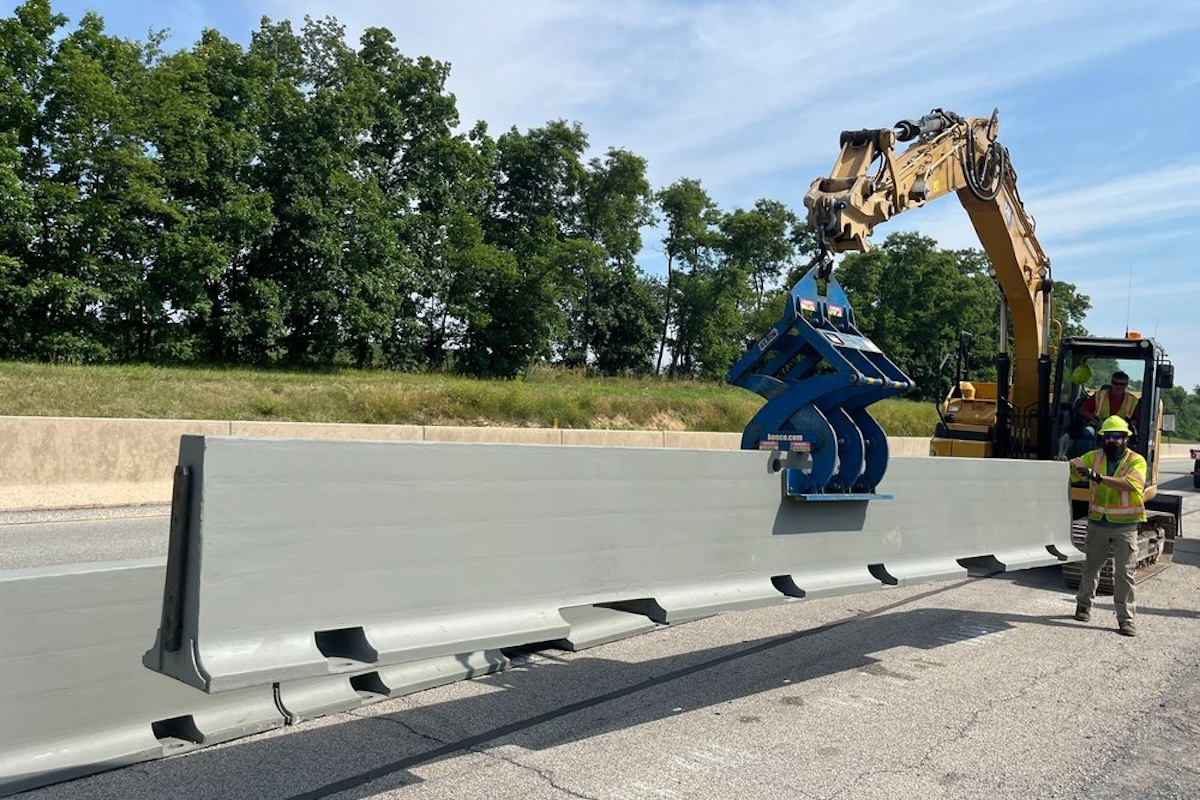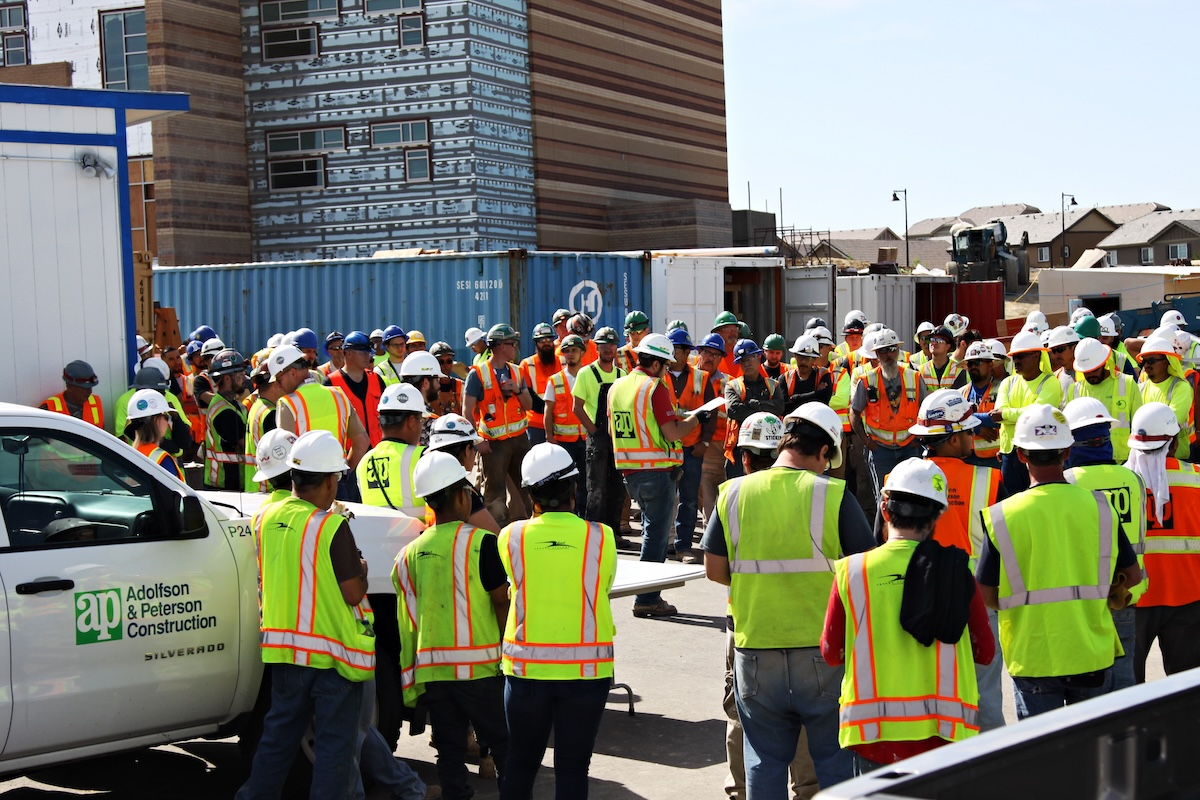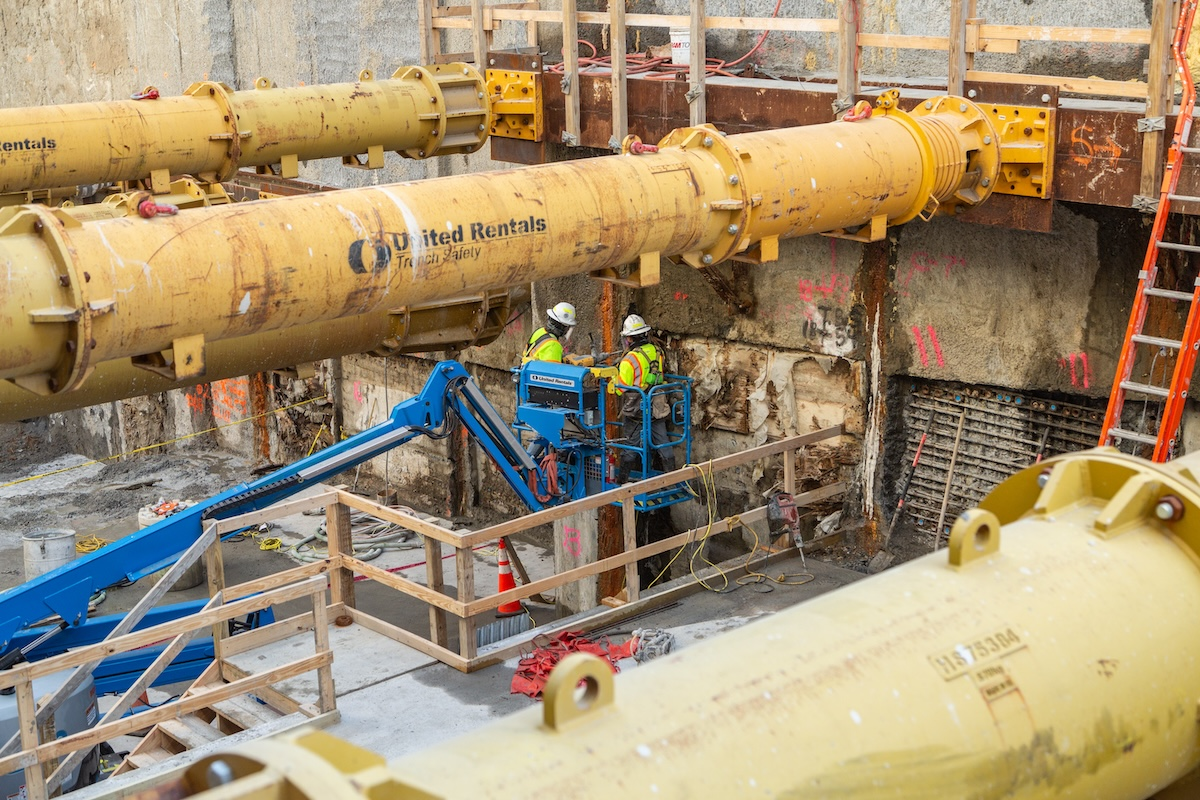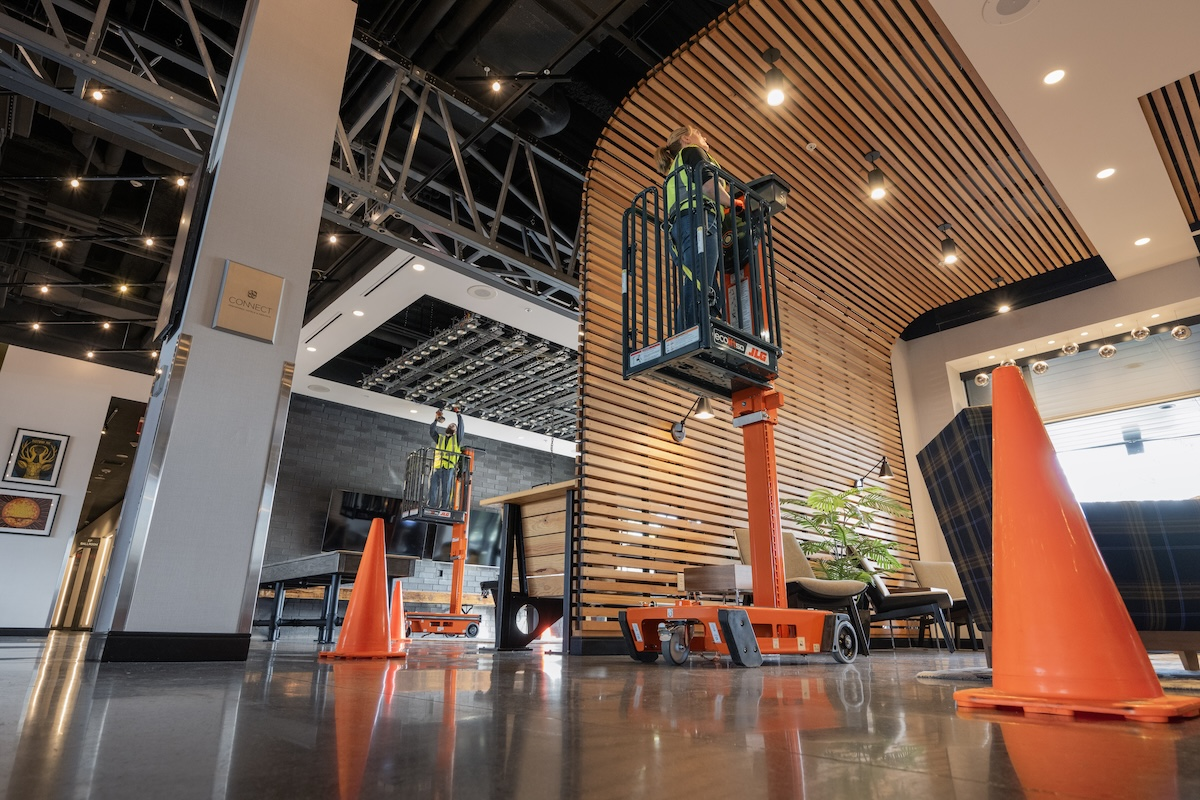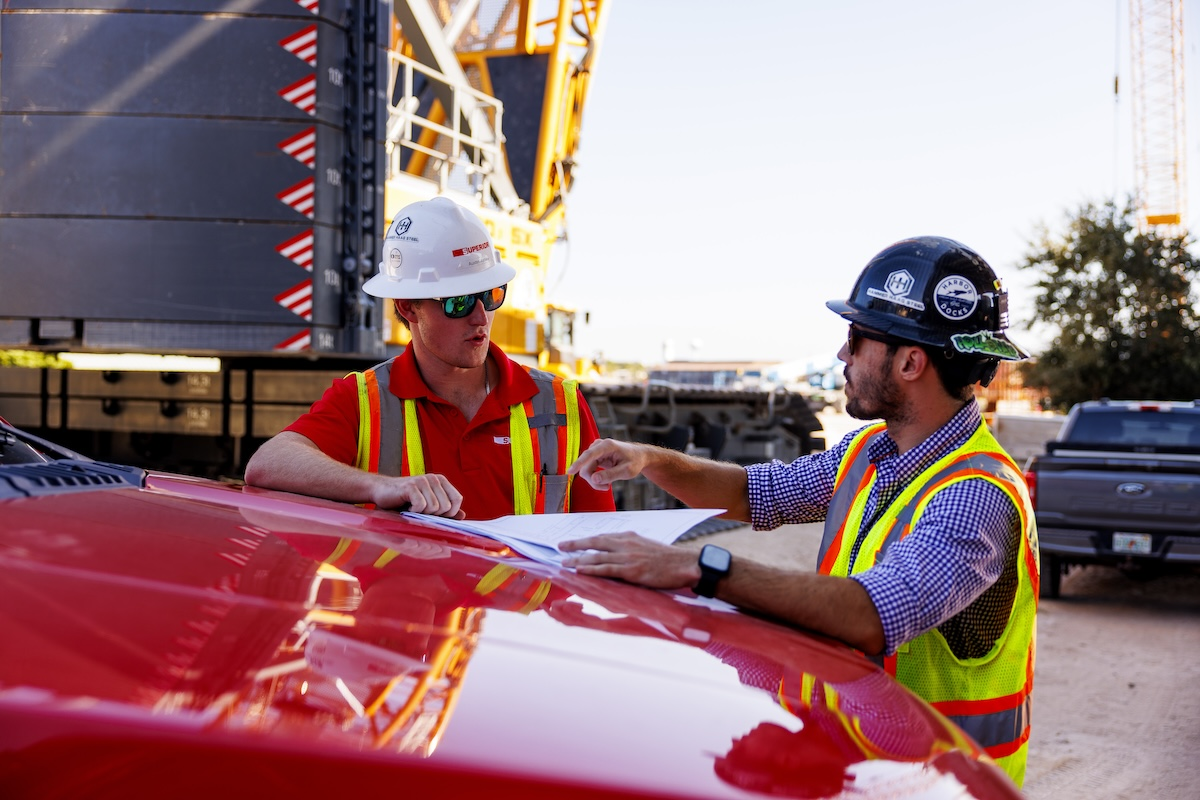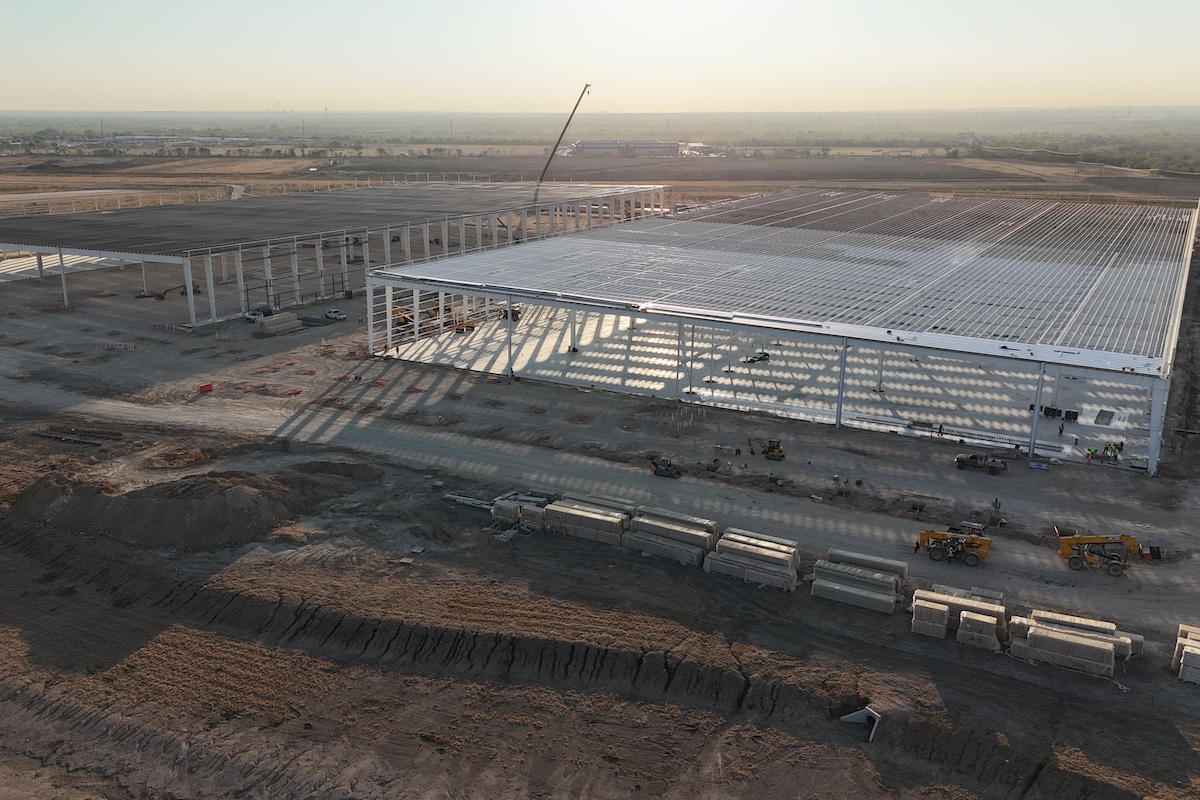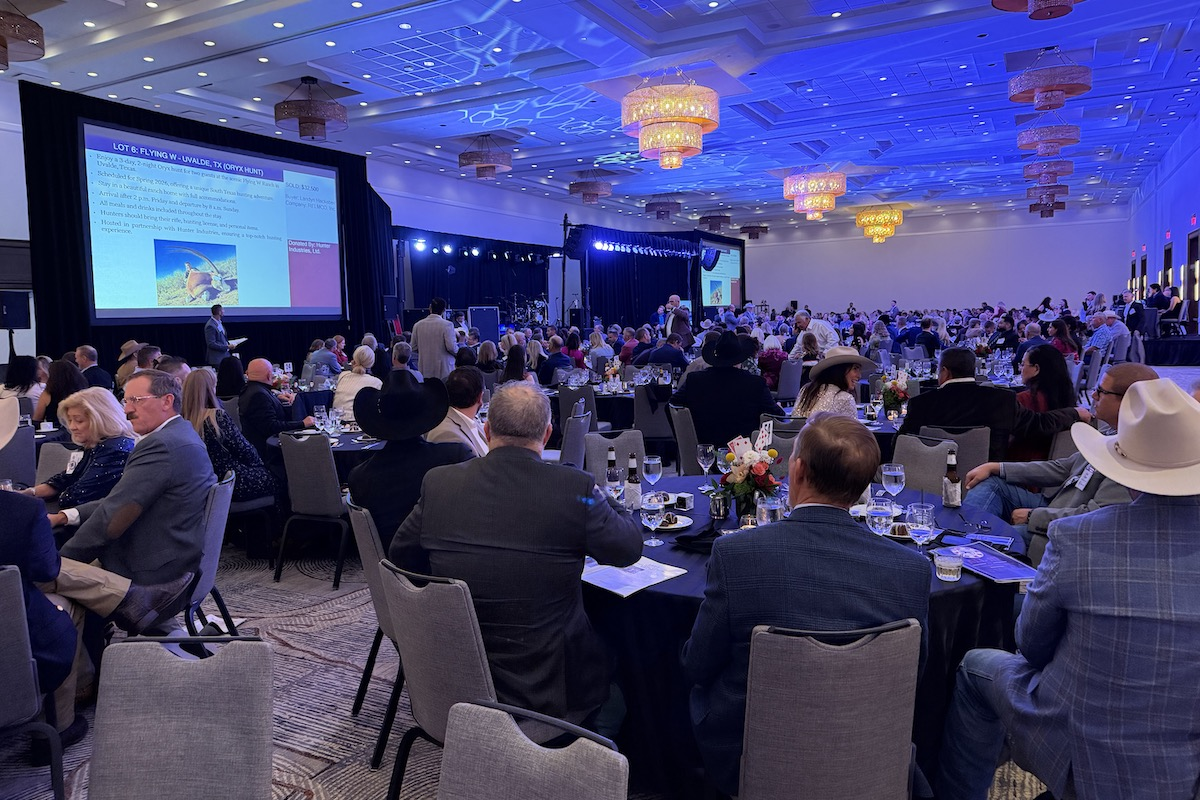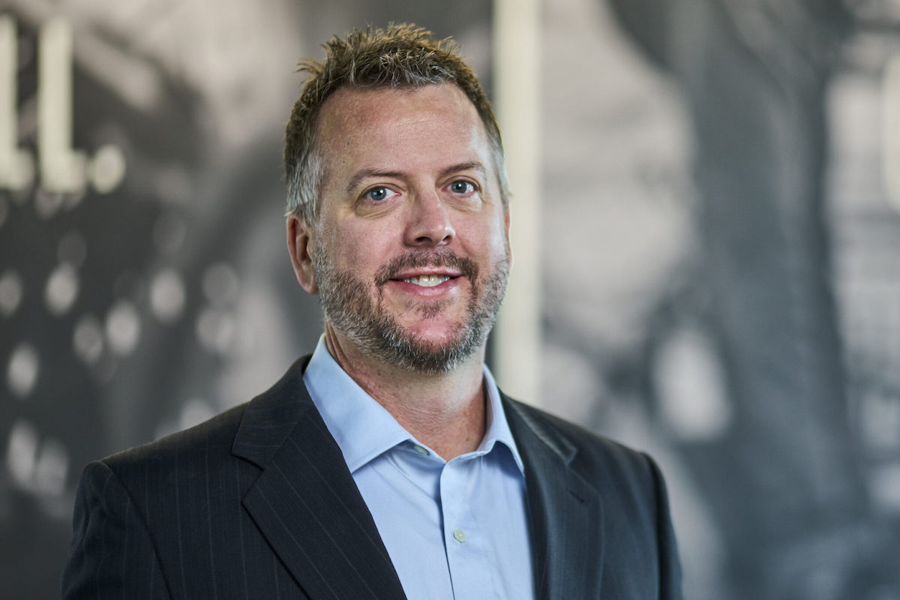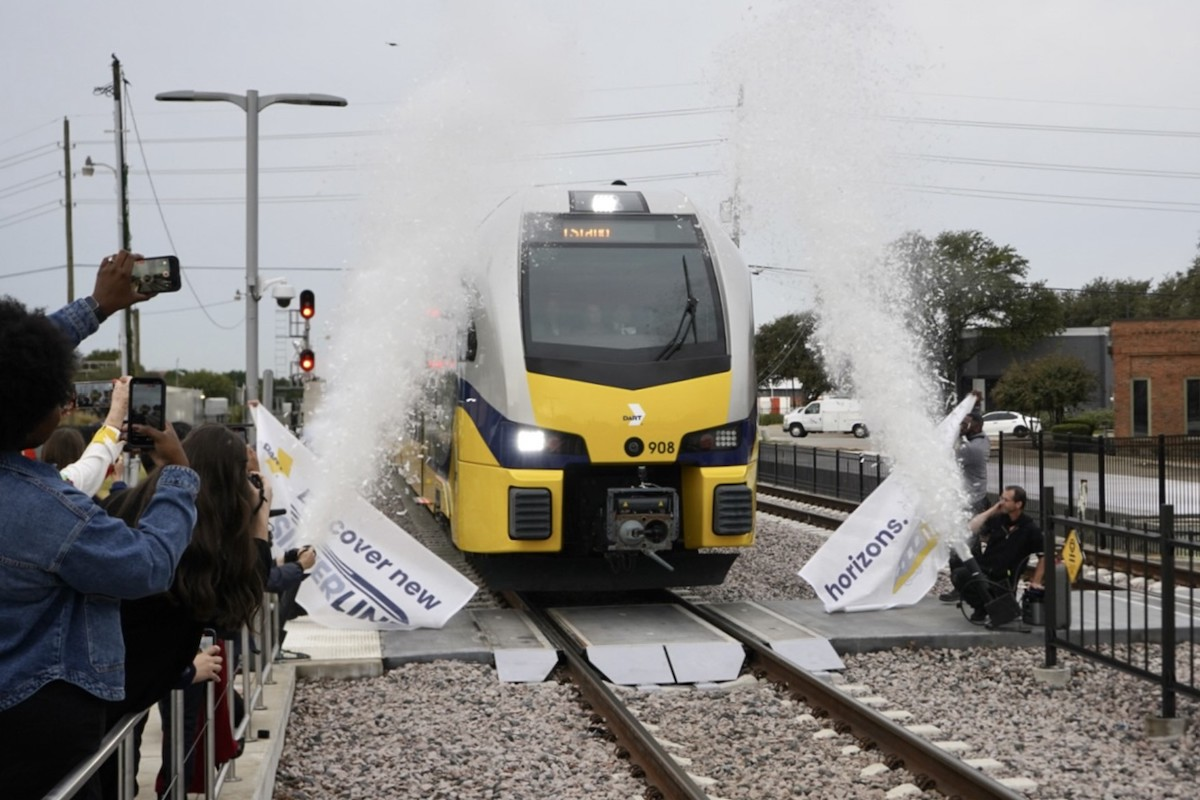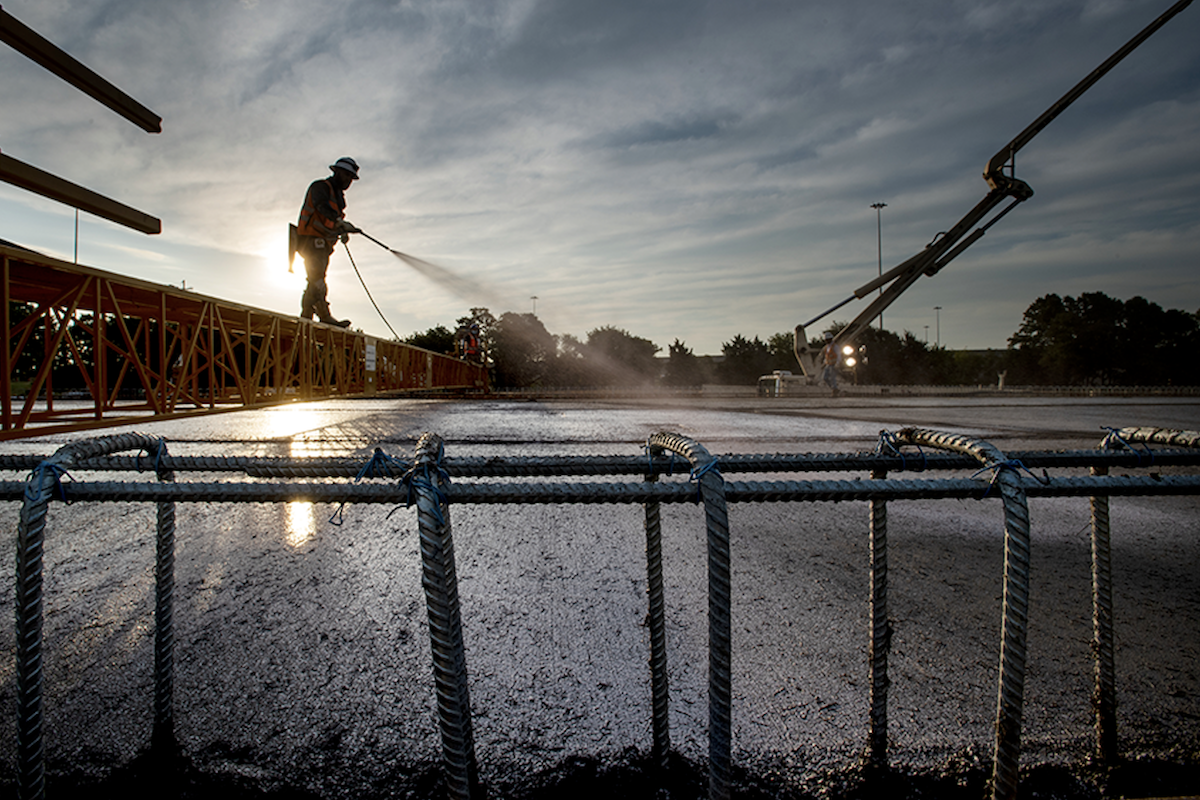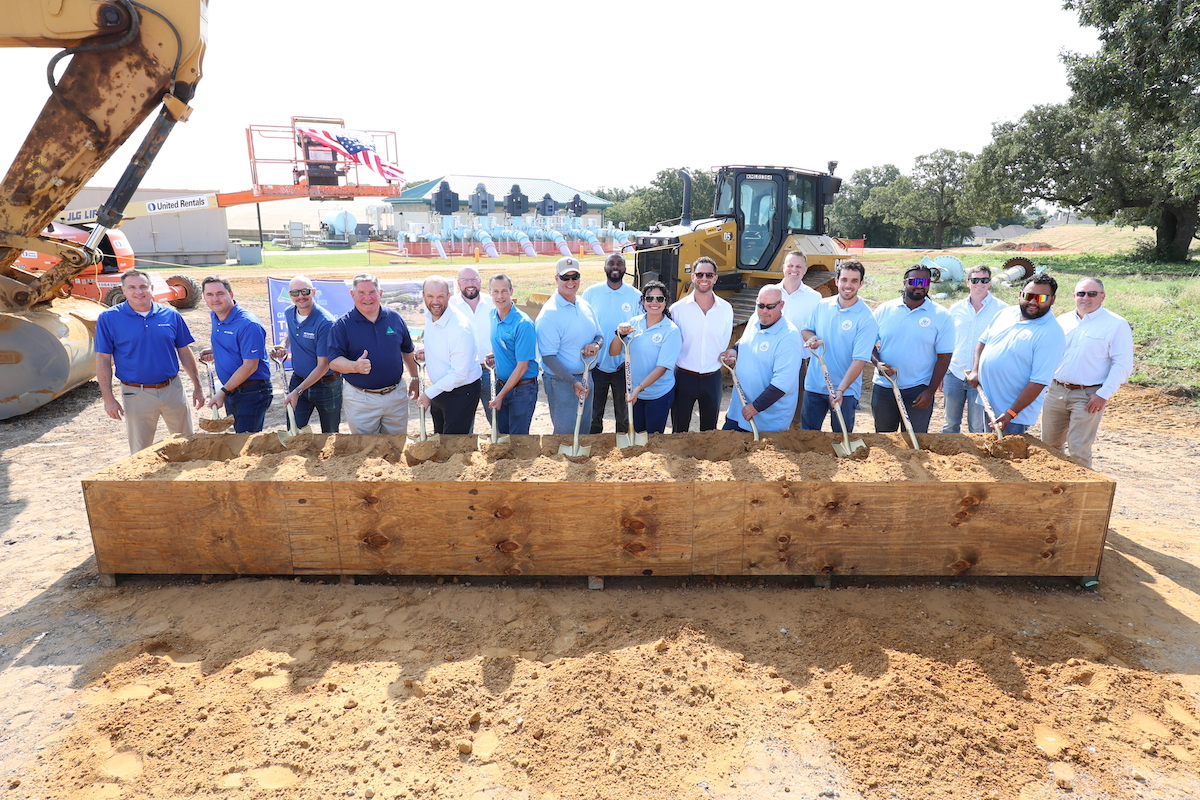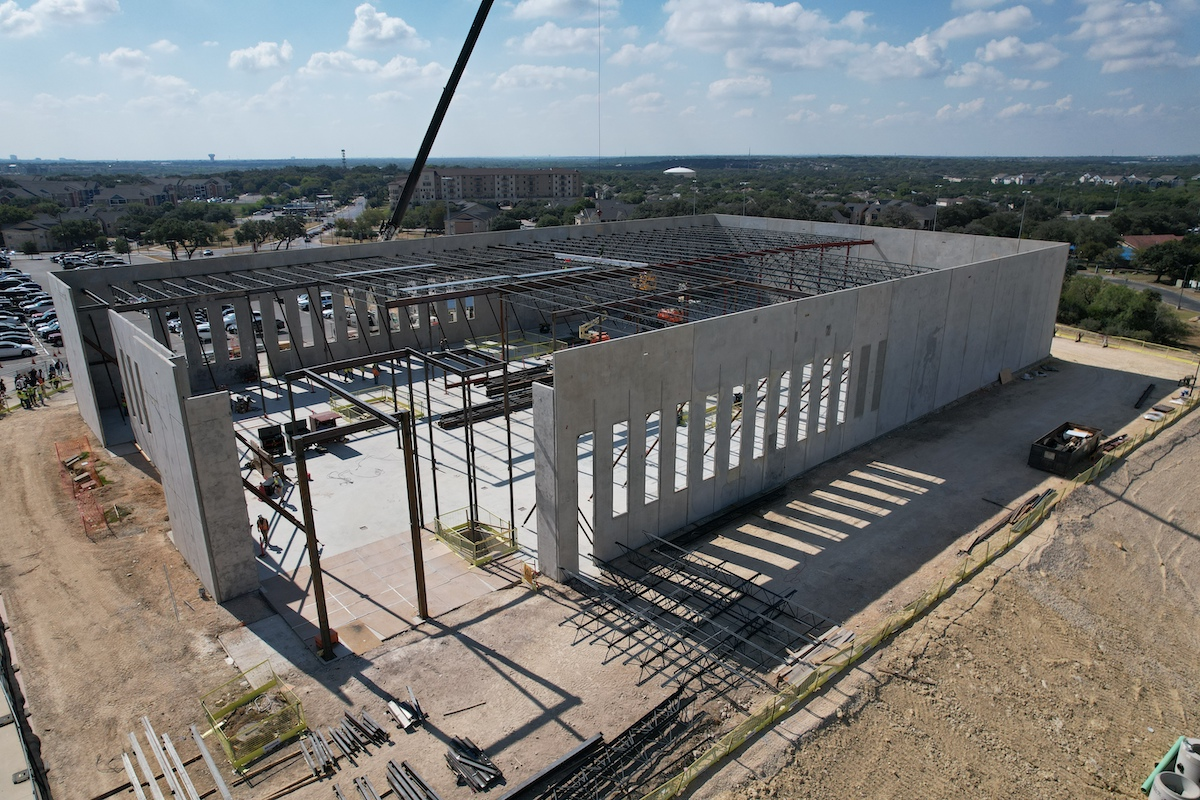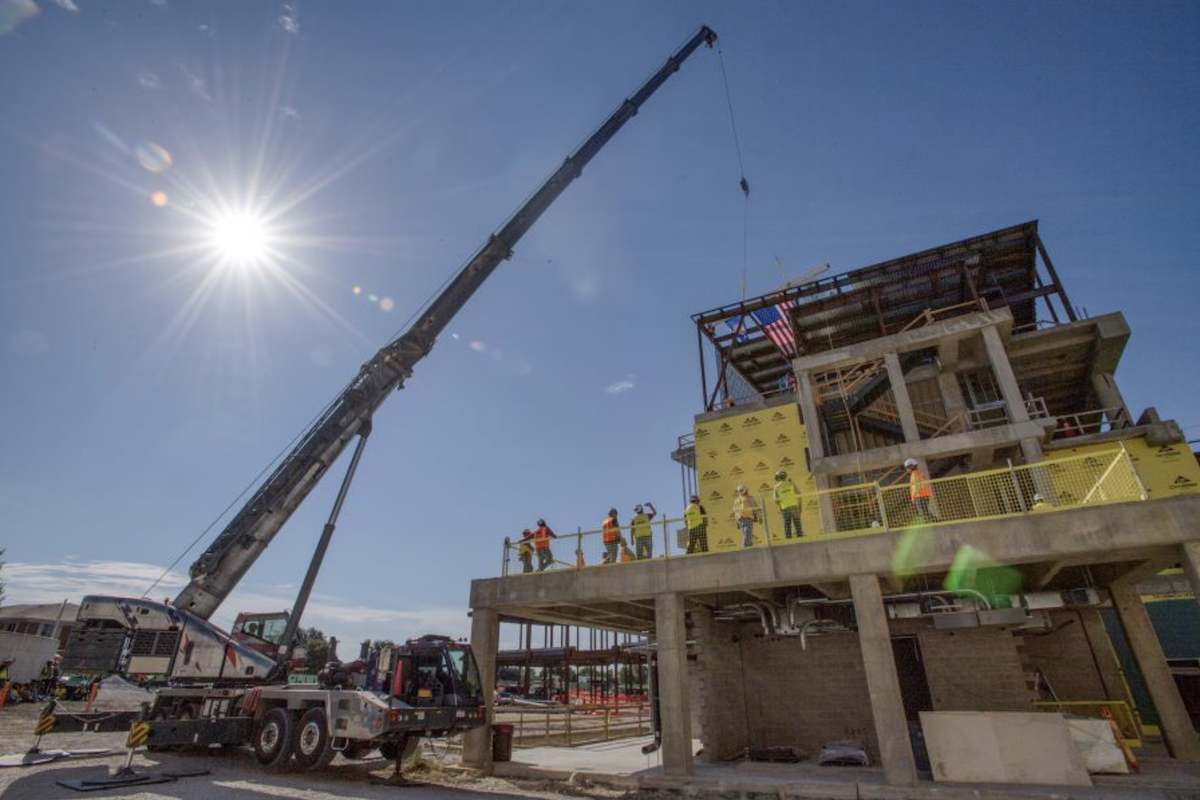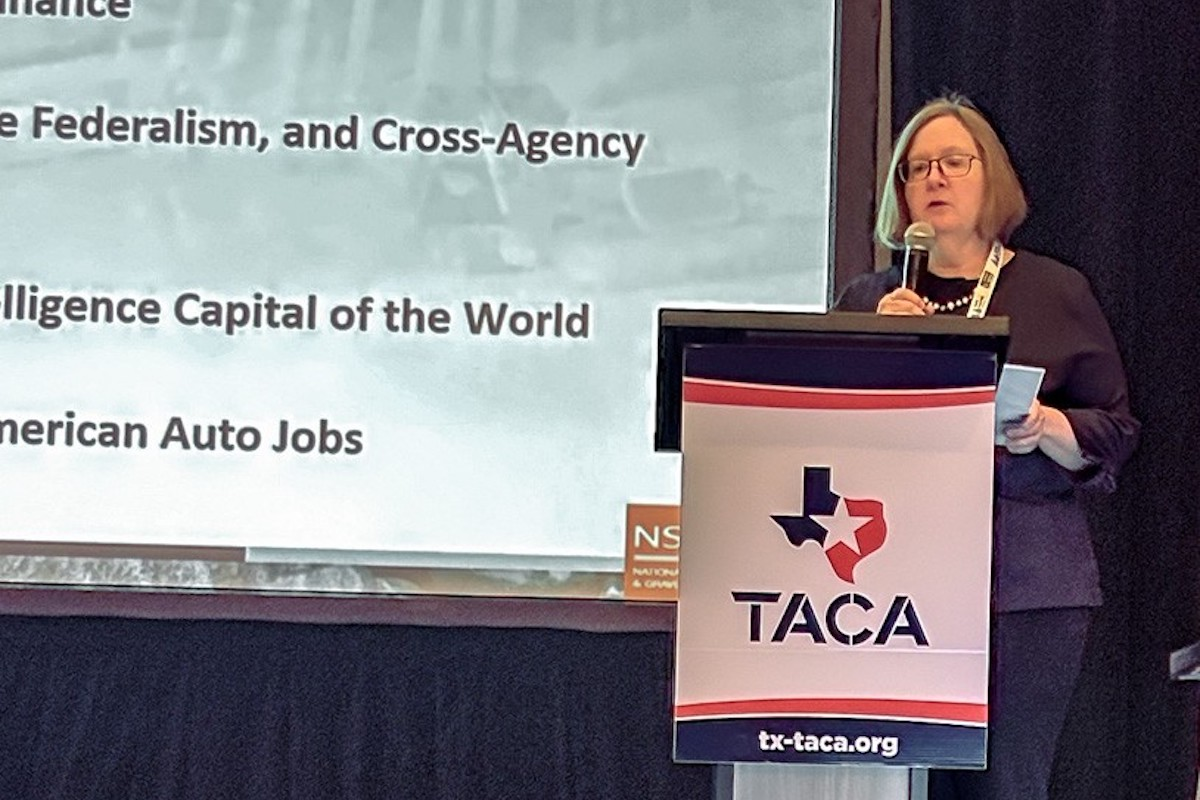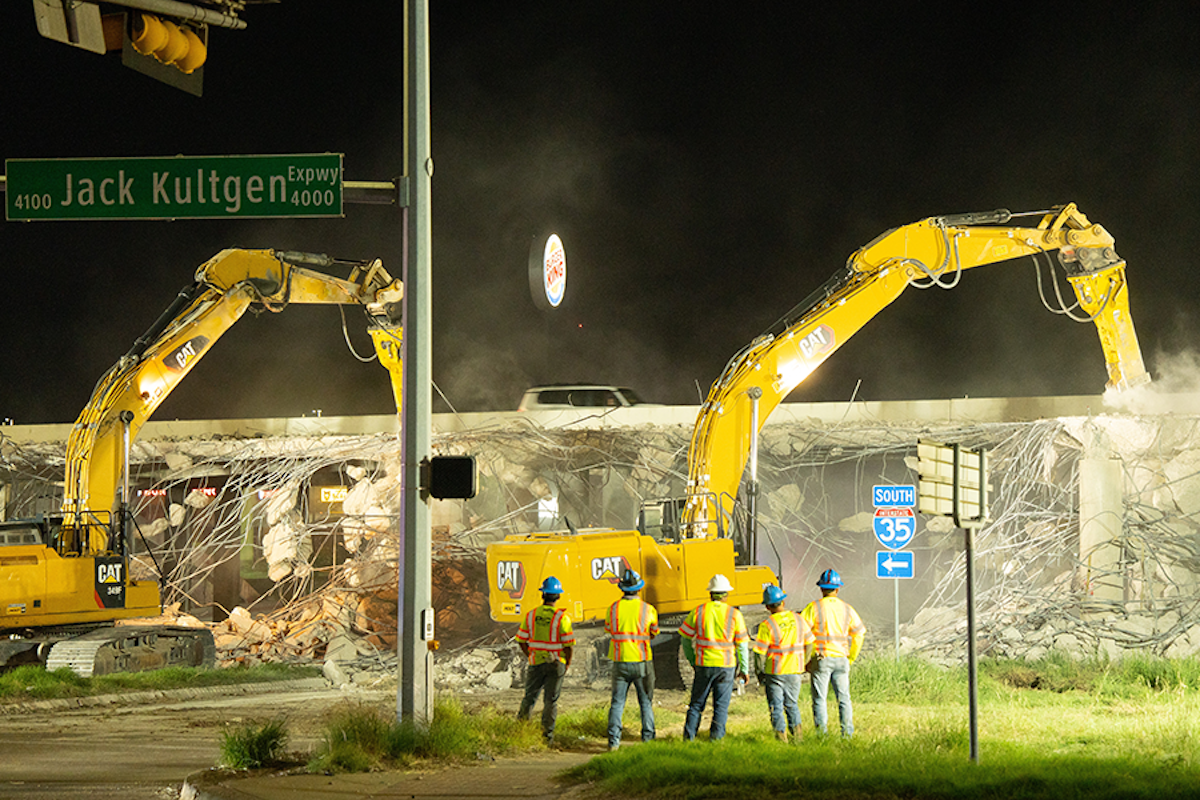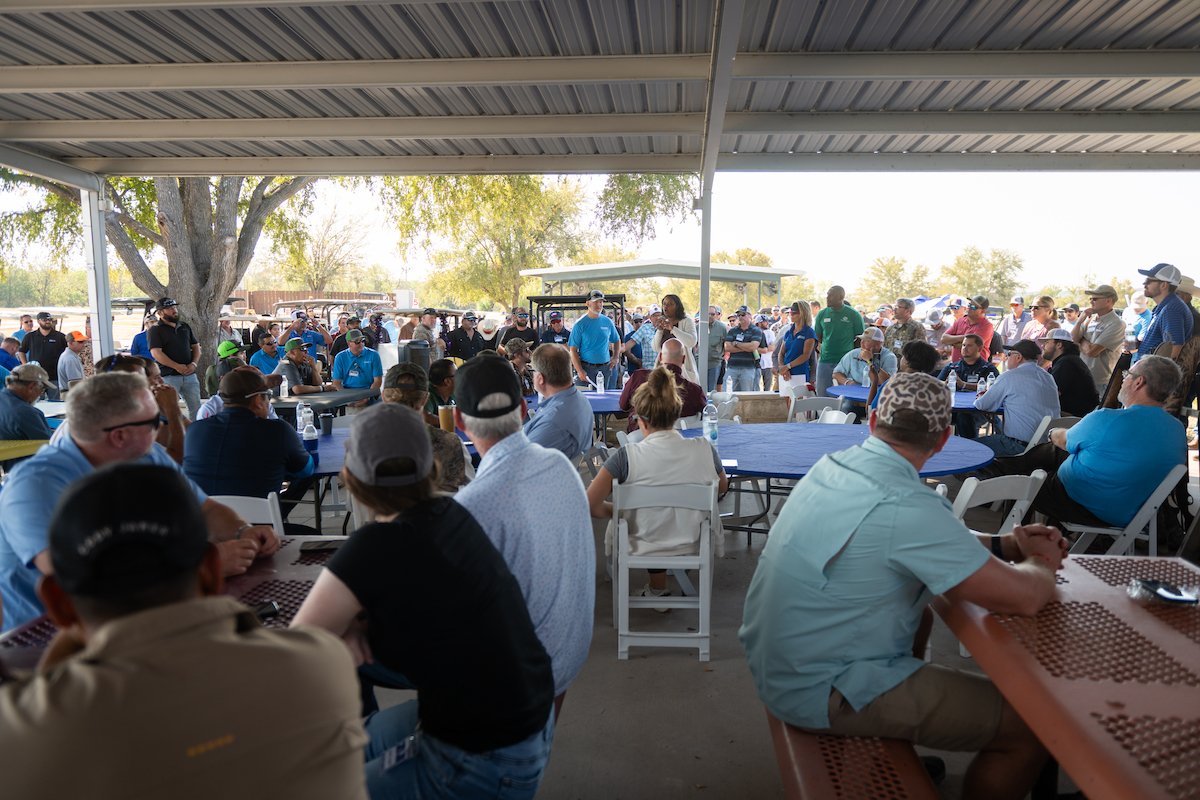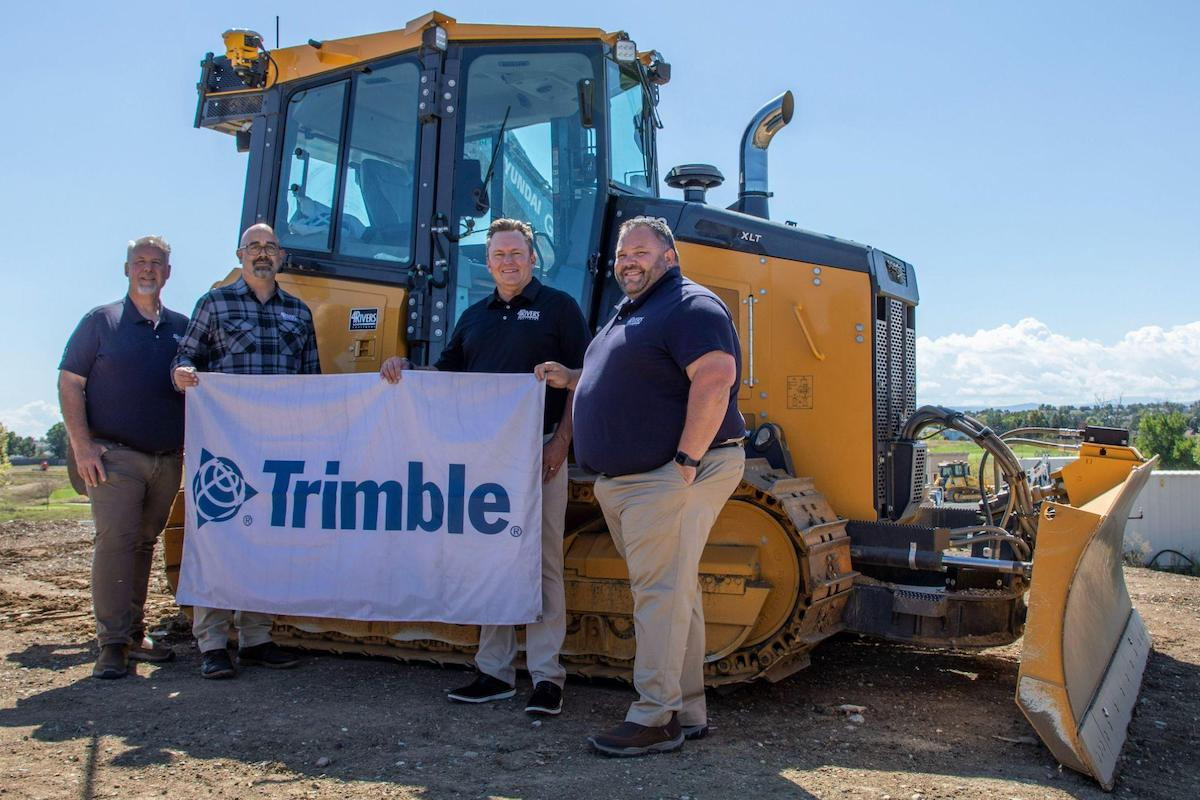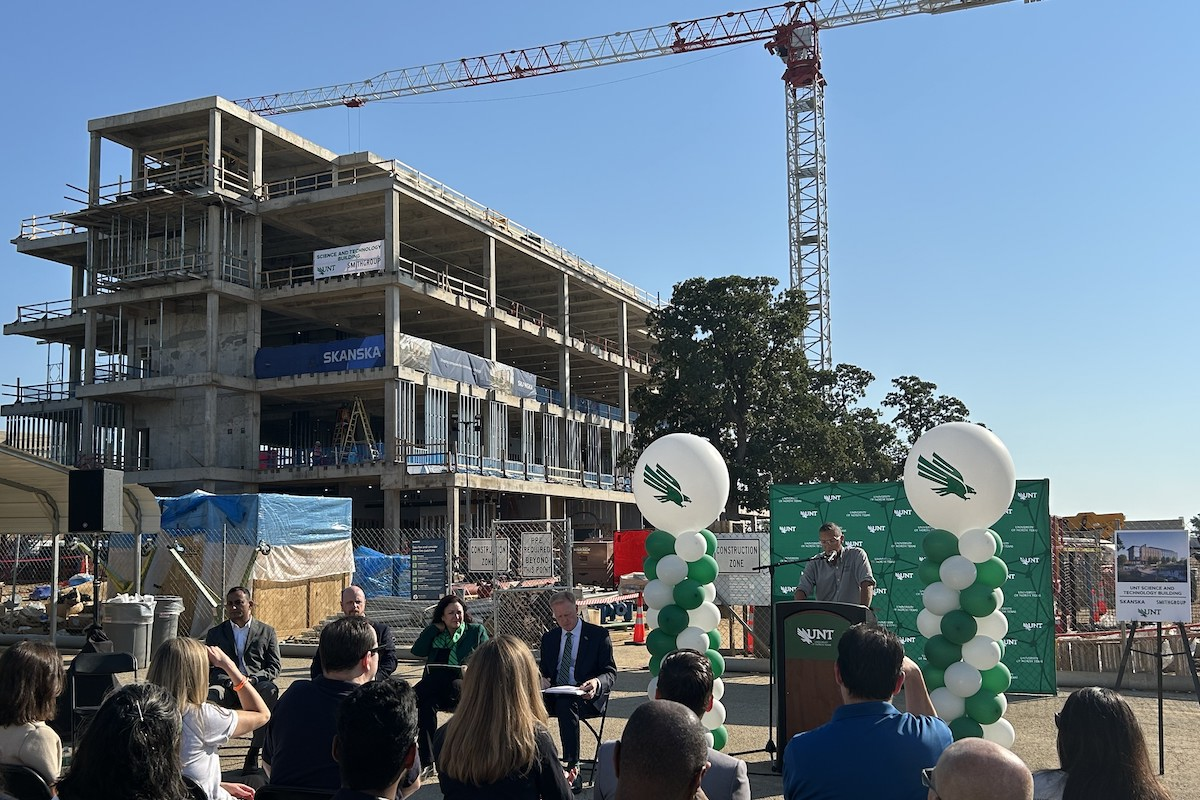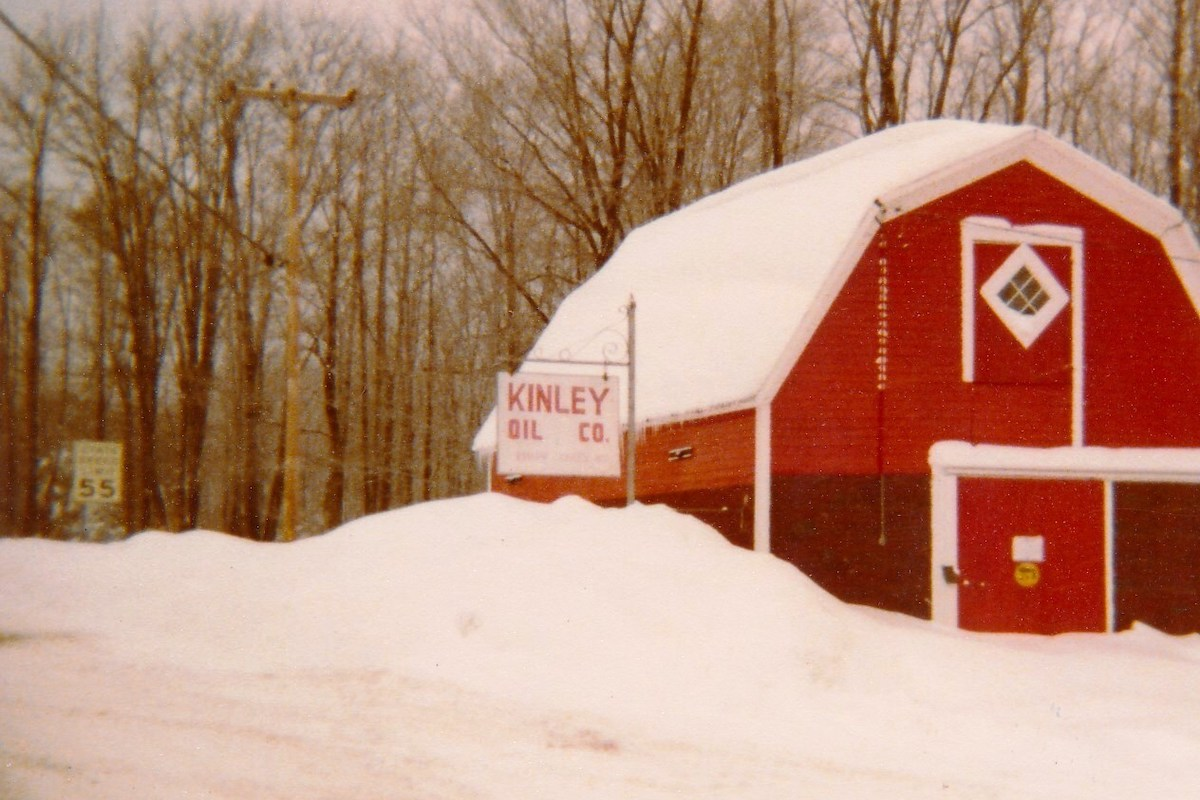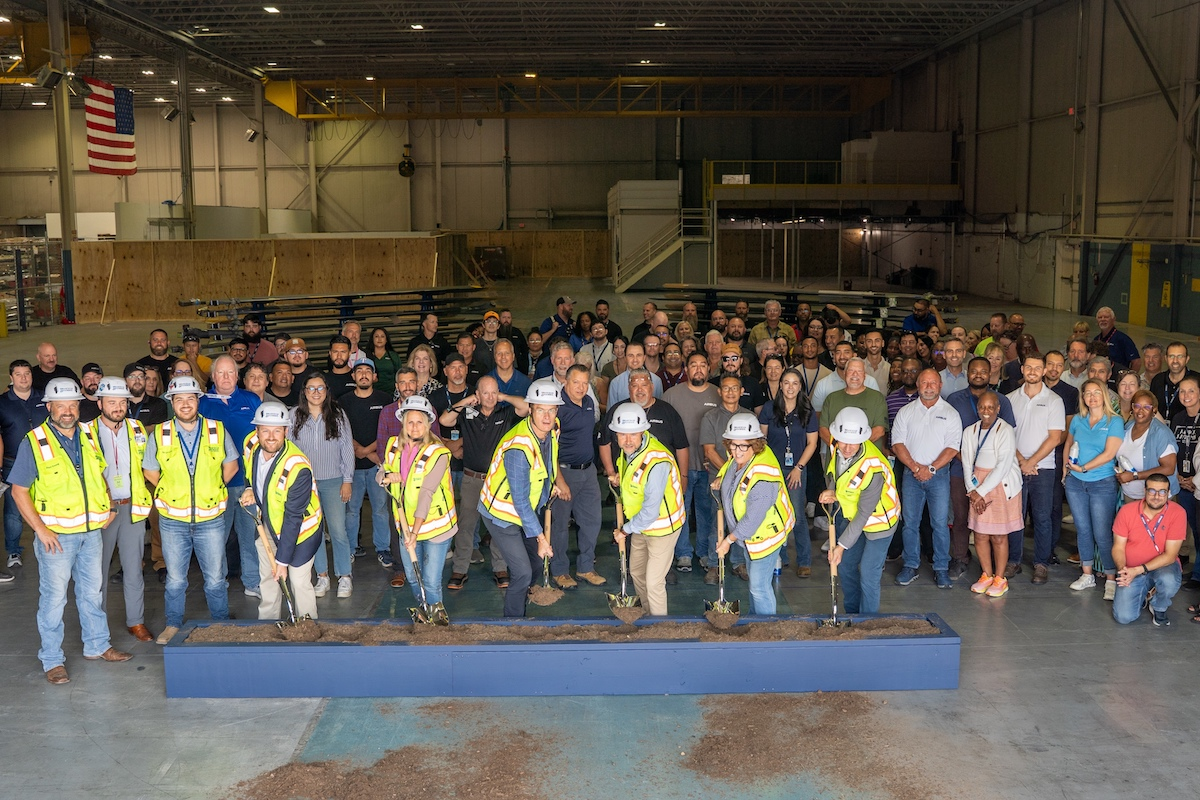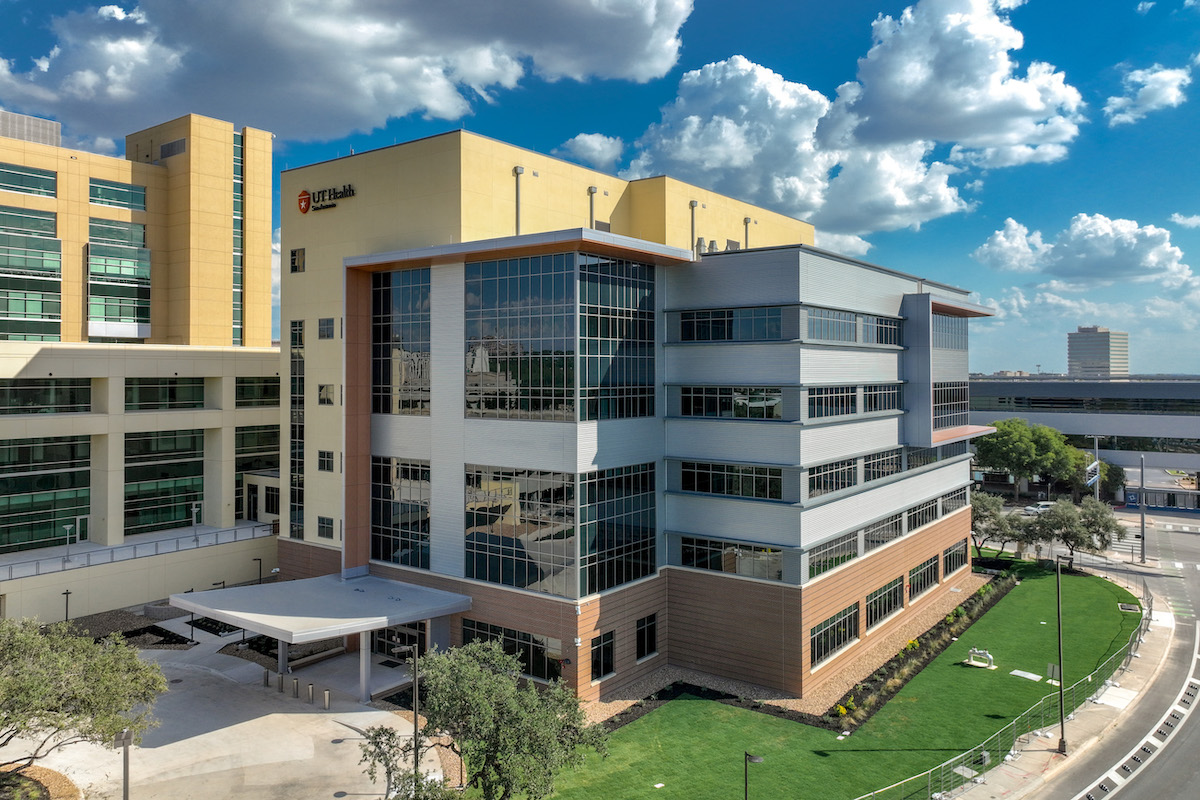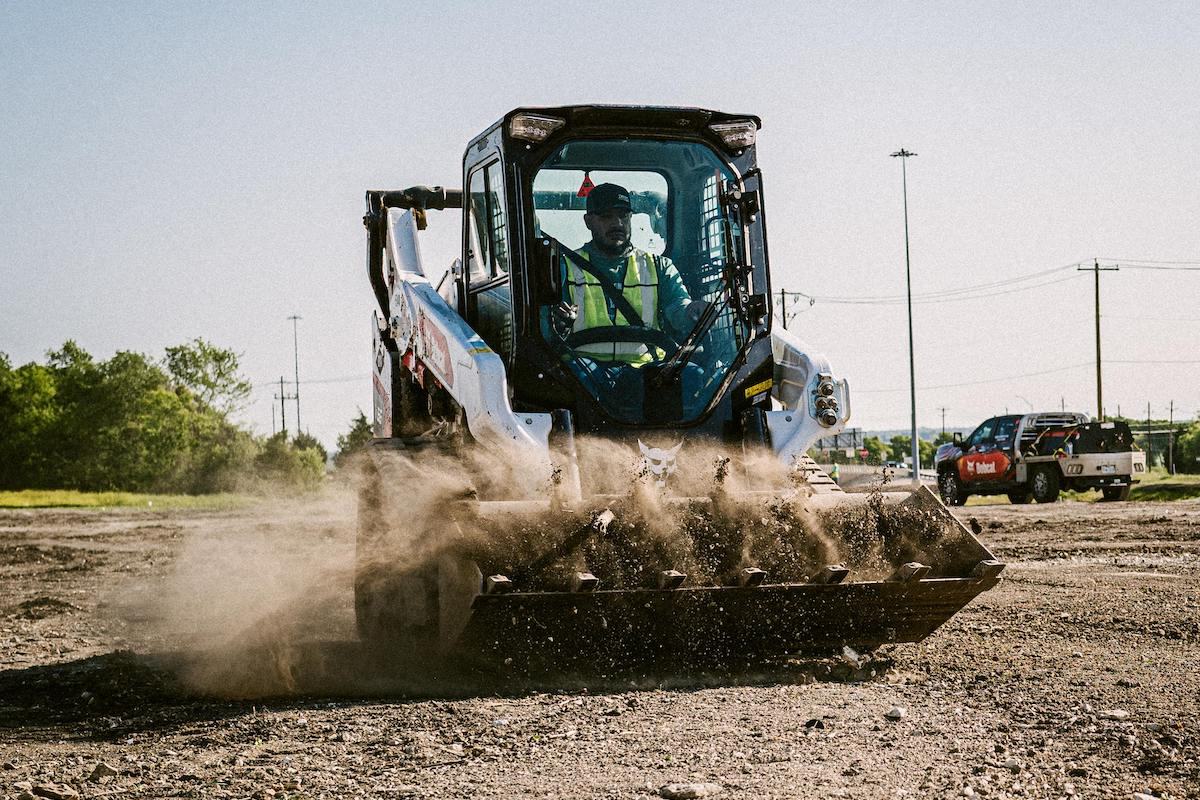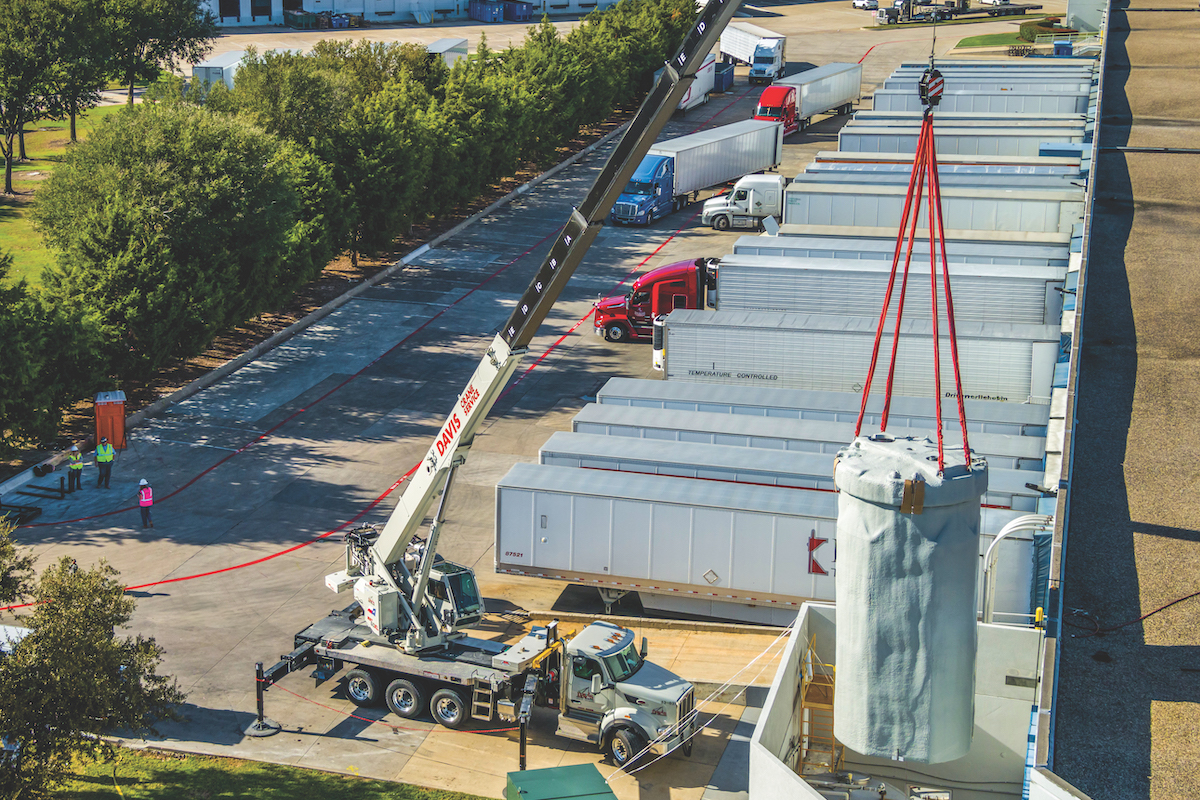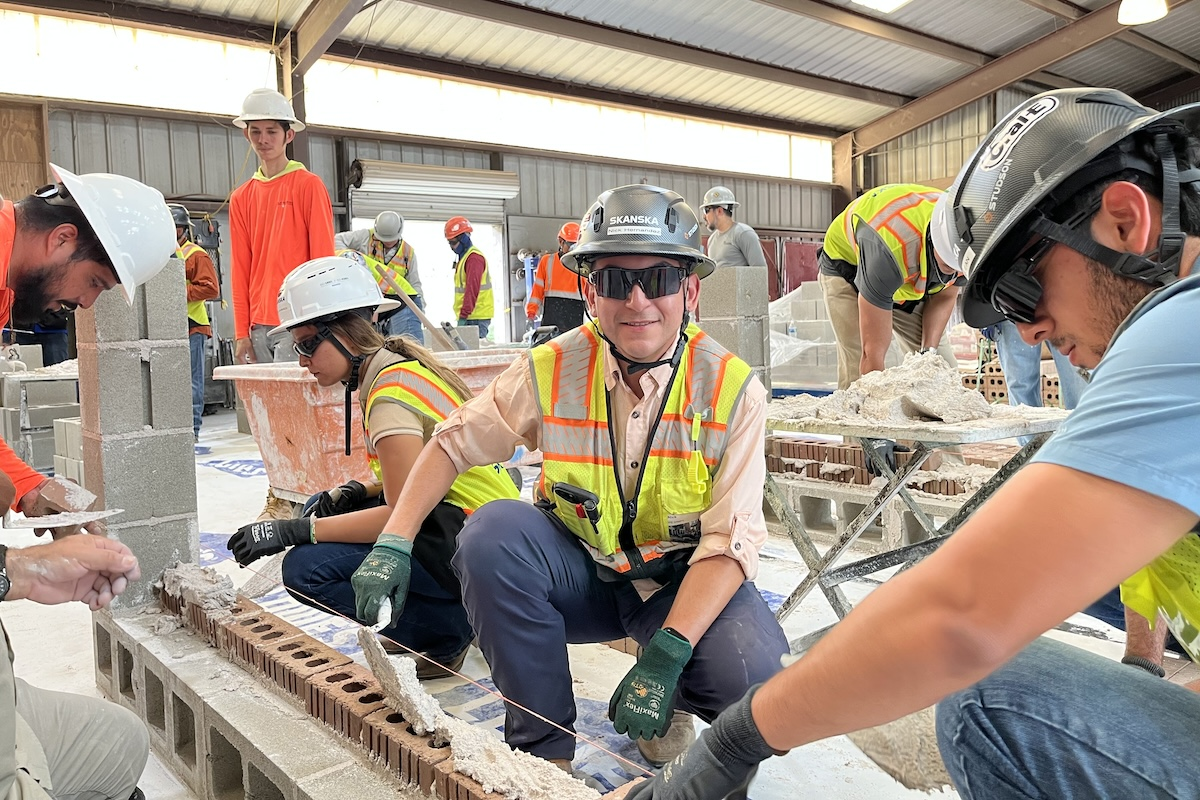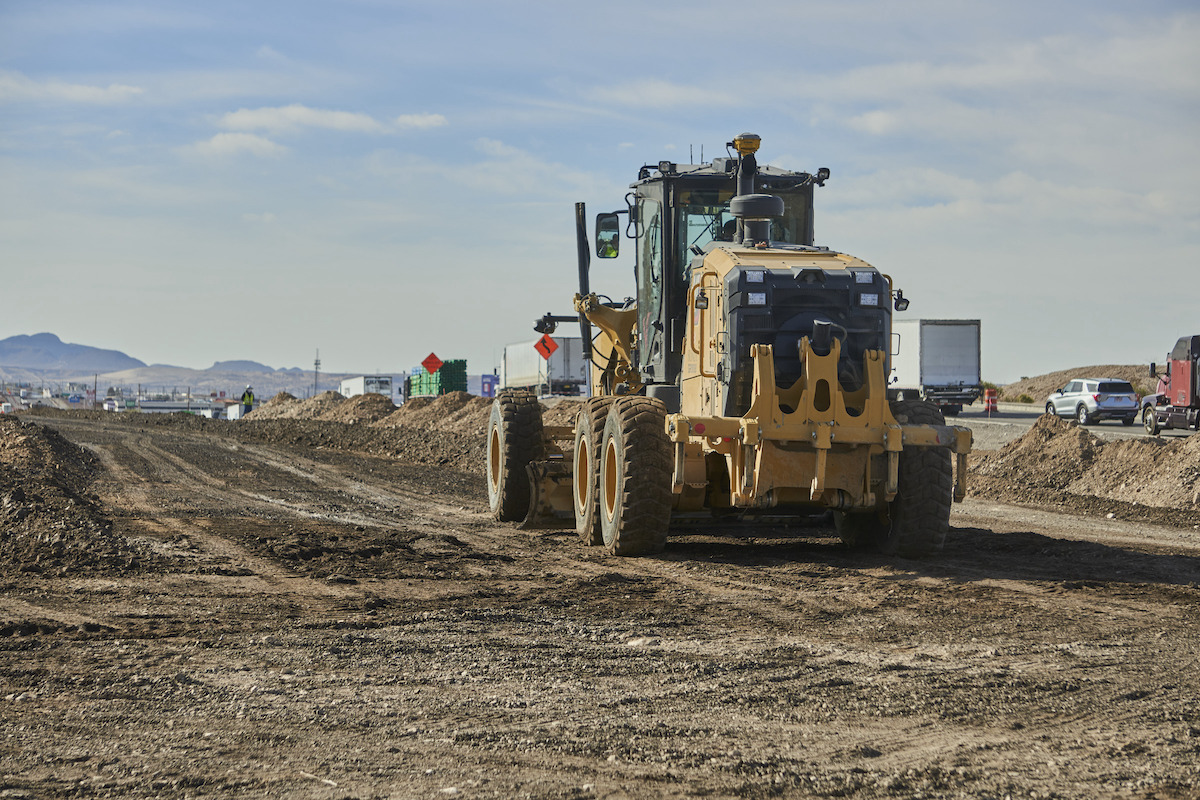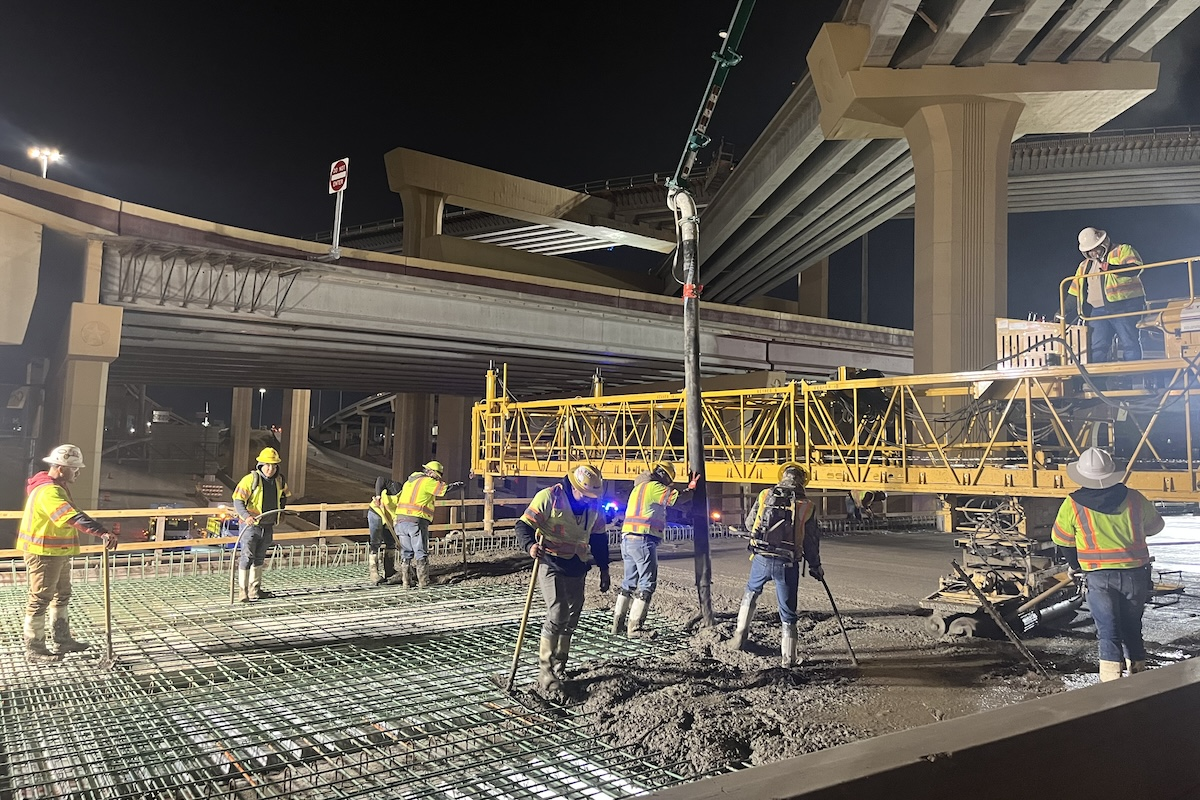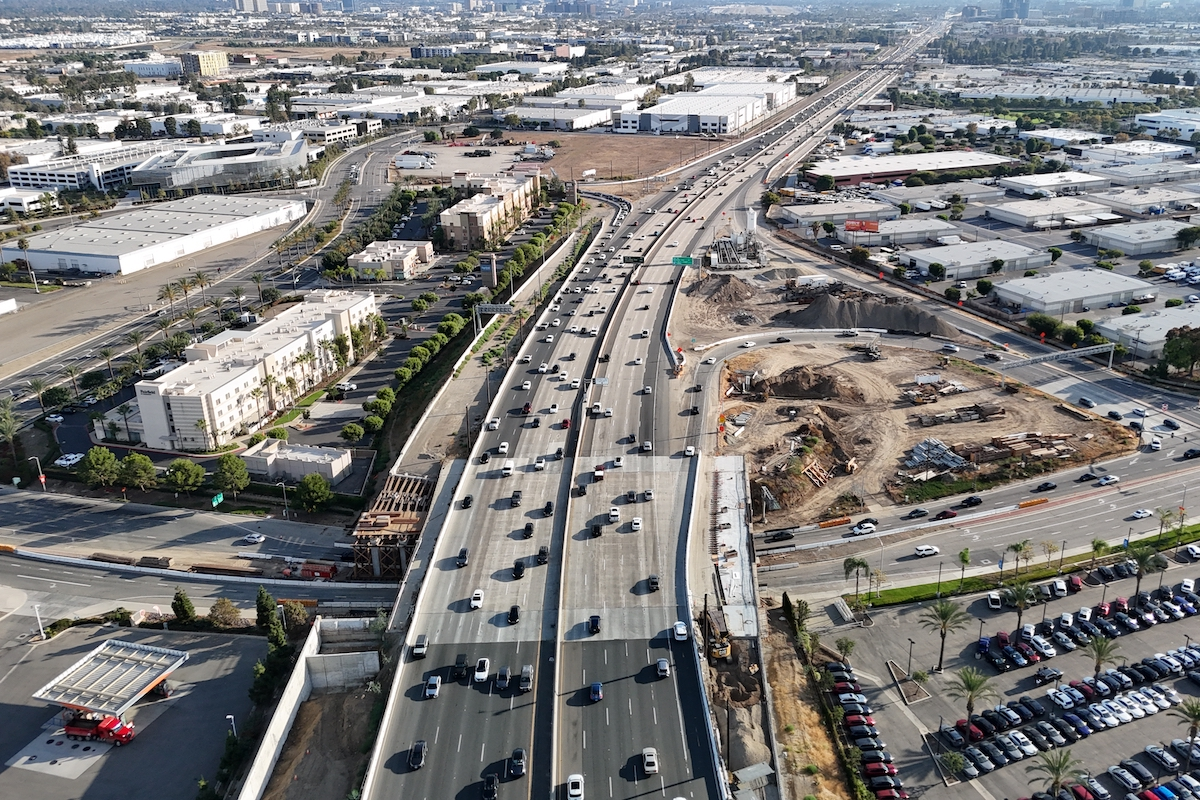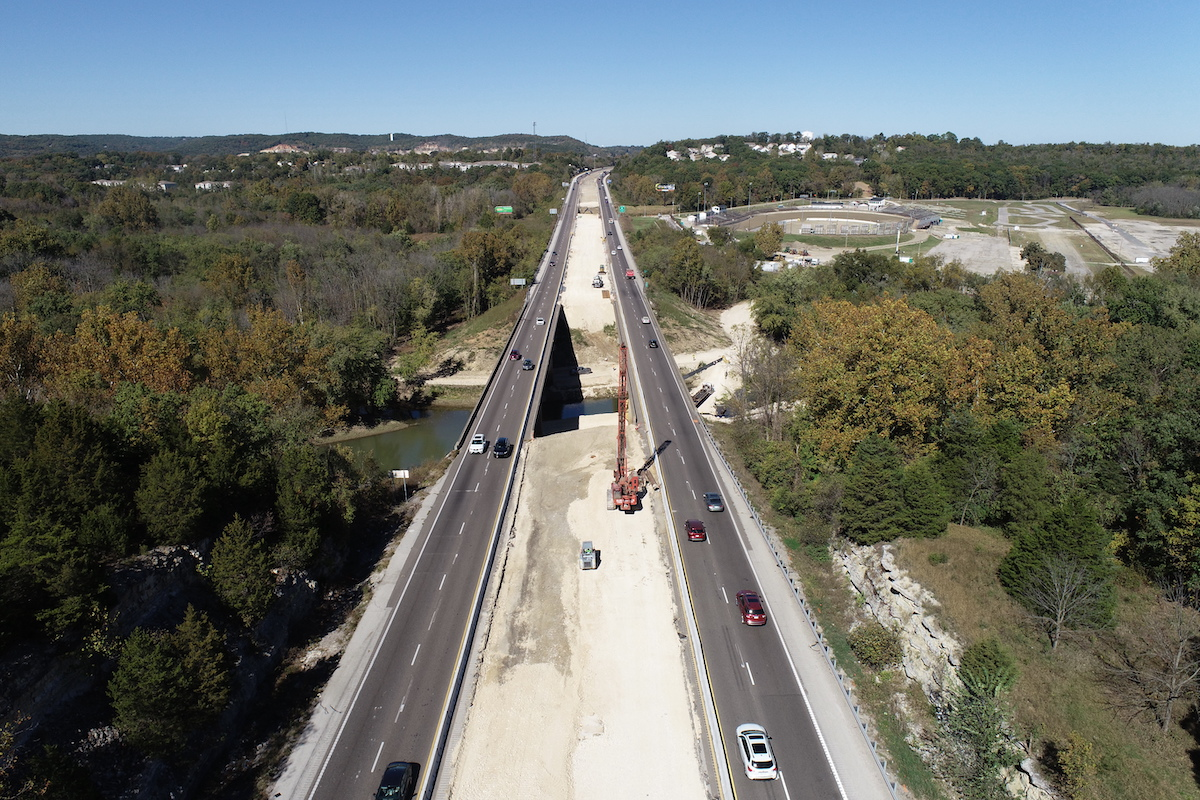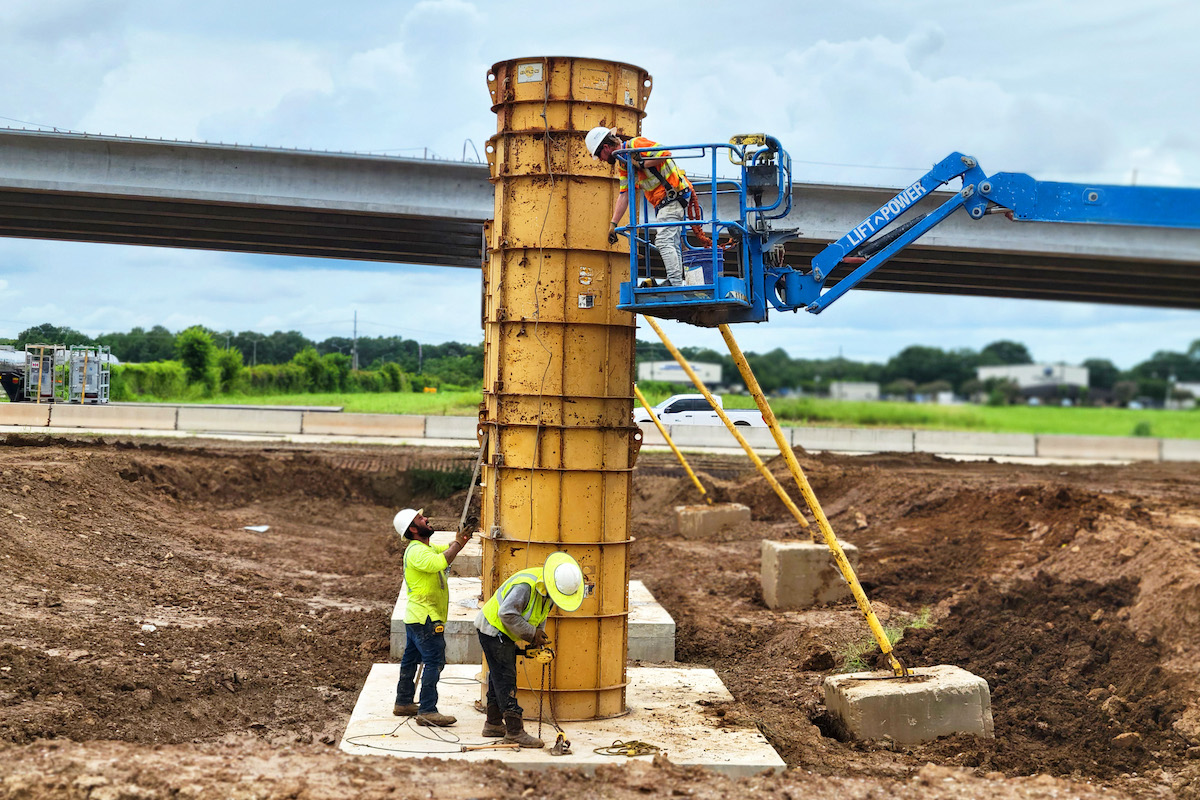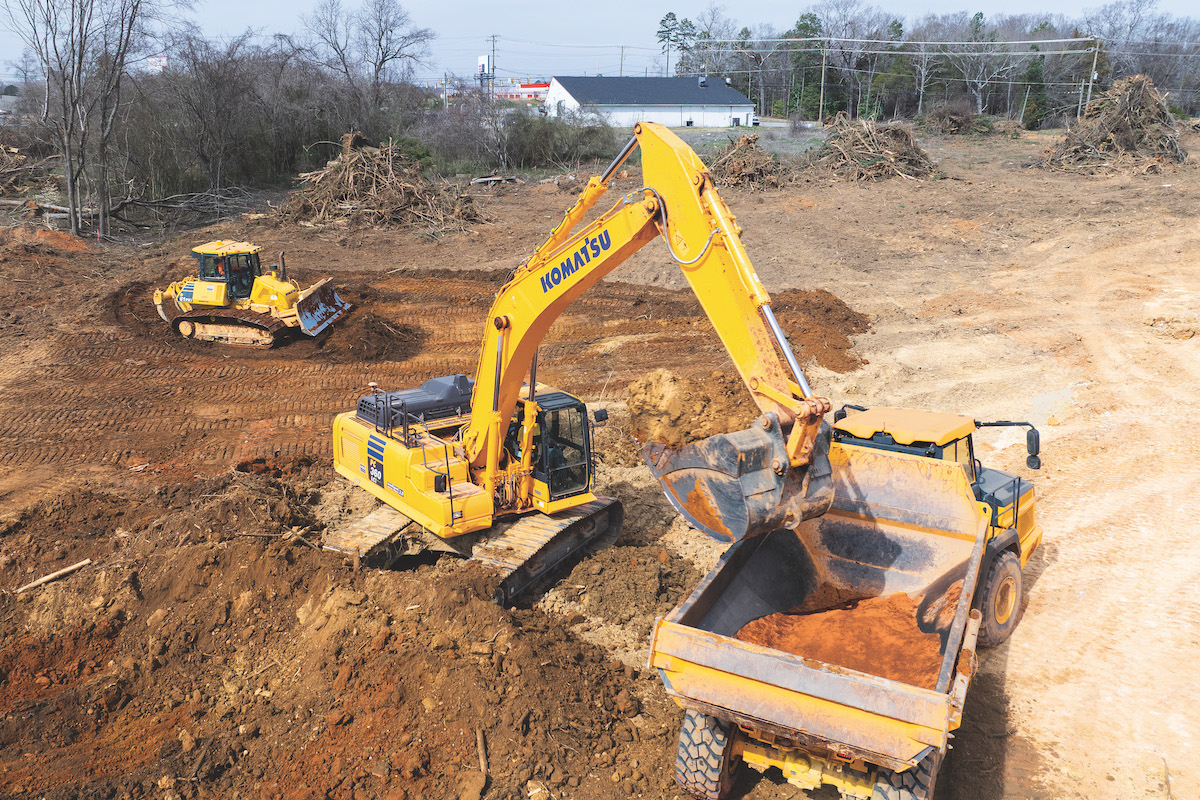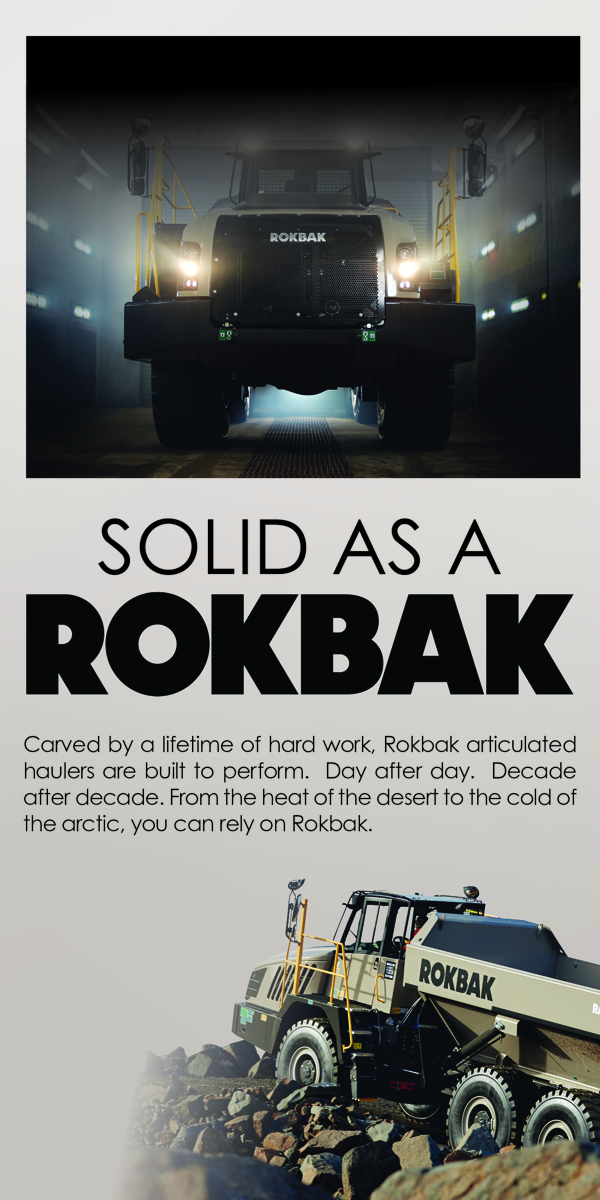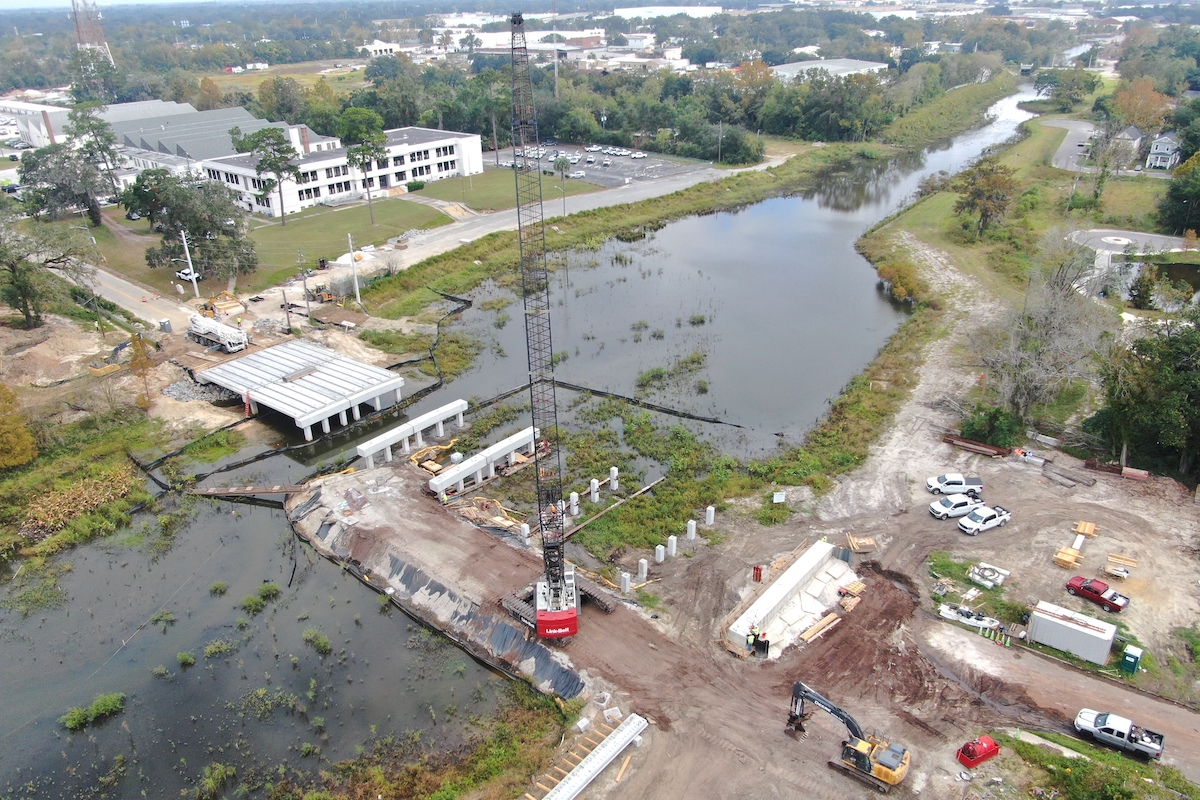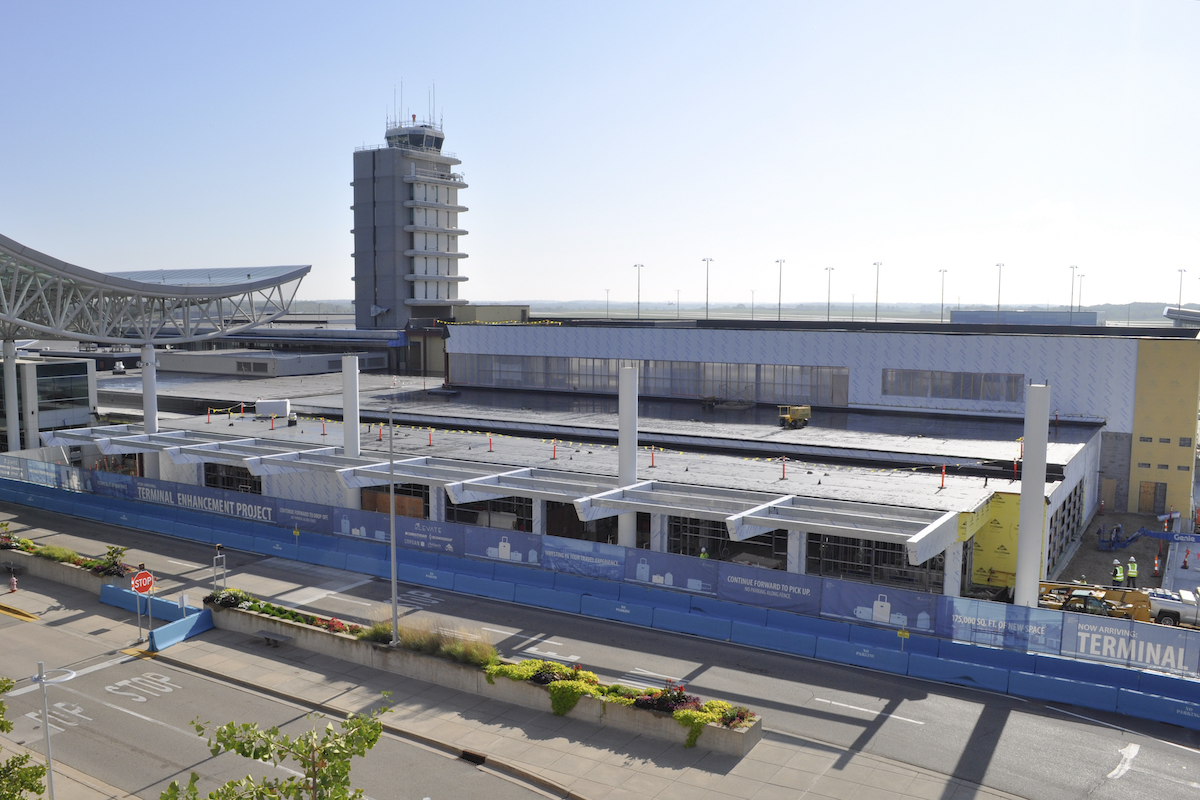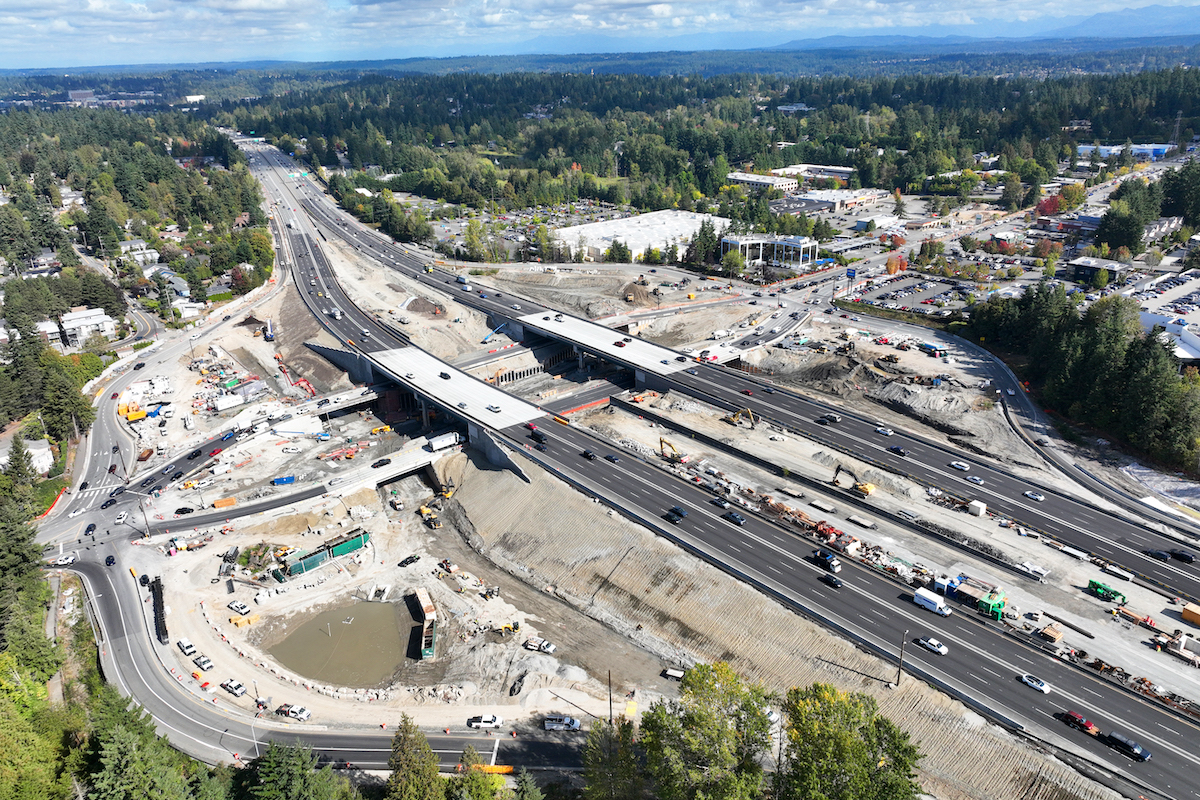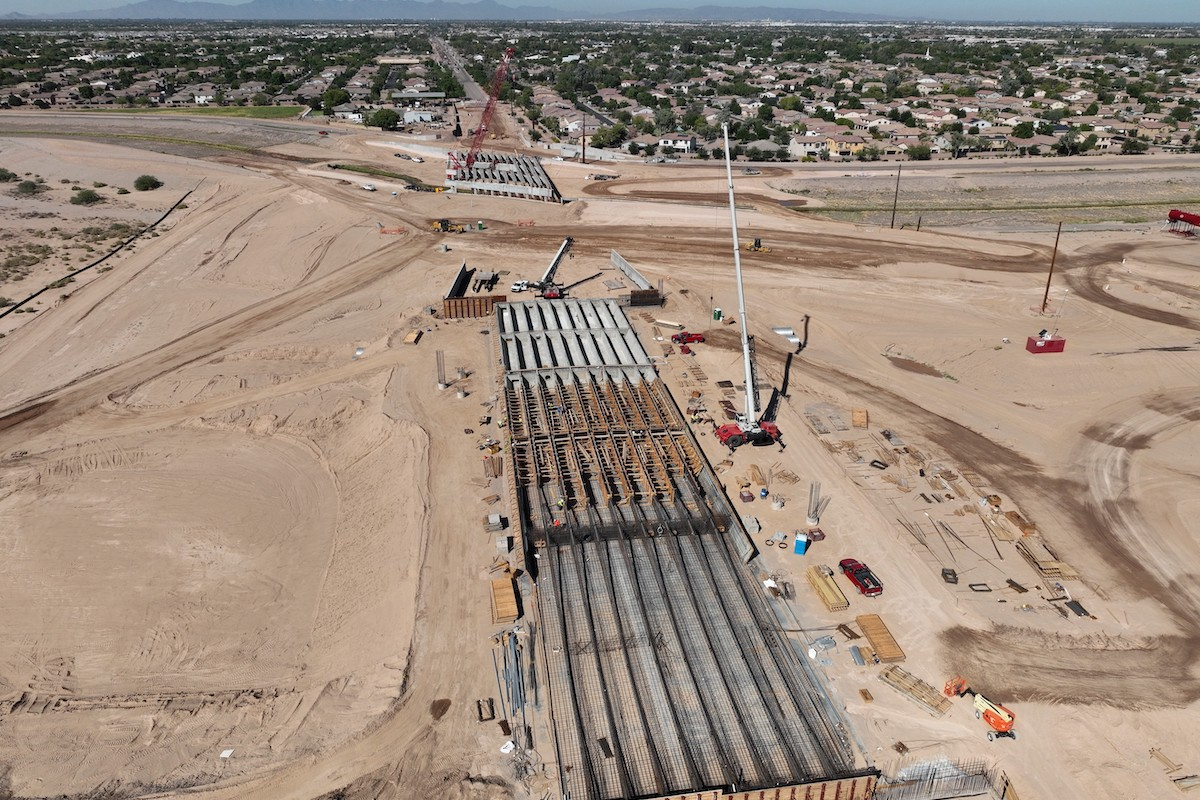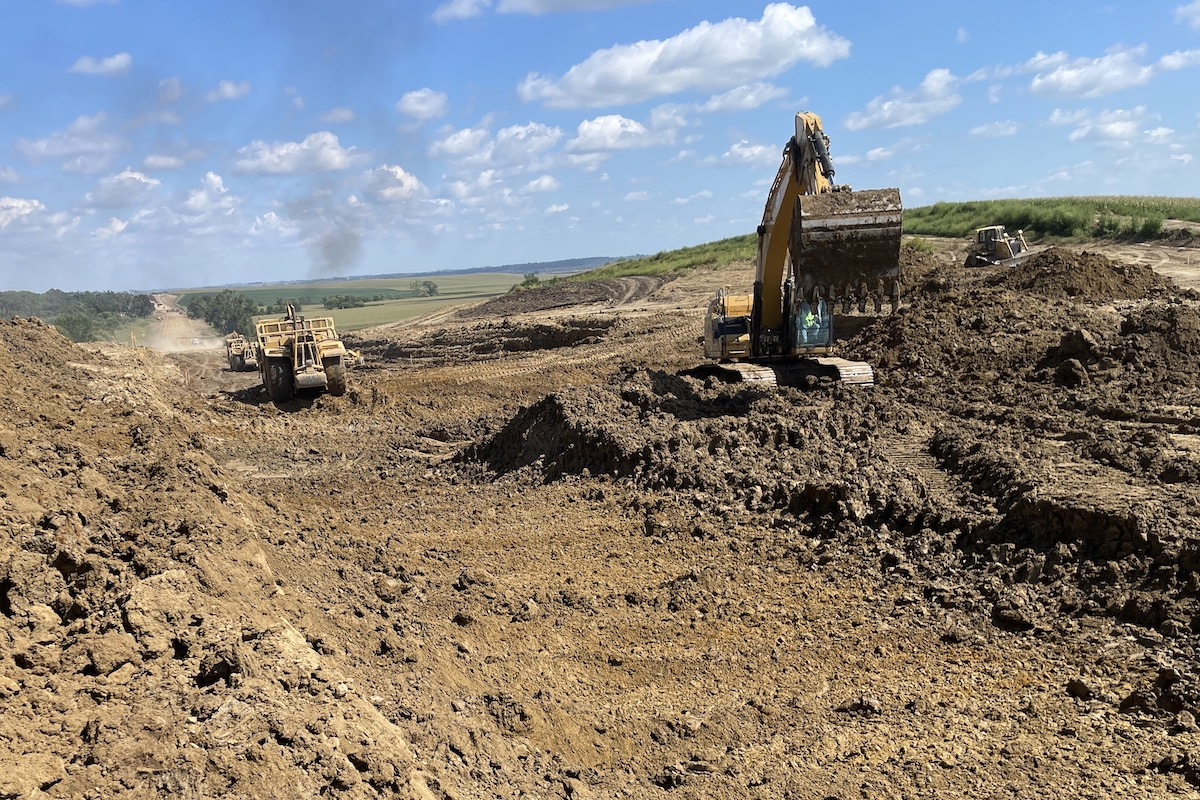For decades, hard hats have been the universal symbol of worker safety. But today, a silent revolution is underway. What protects workers is no longer just their physical armor, but invisible streams of data powered by artificial intelligence (AI).
Civil construction is the backbone of modern infrastructure — tunnels, bridges, dams, highways, urban transit systems. These projects demand immense coordination, often in environments that are unpredictable and high-risk. As projects grow more complex and risks become multi-dimensional, the industry is entering a new era where data is not just an additional layer of technology but a true safety shield for workers.
On large infrastructure projects, risks come from multiple fronts: heavy machinery operating in close quarters, unpredictable ground conditions, and confined spaces where toxic gases or oxygen depletion can occur.
Traditional safety practices like manual inspections often fall short. A confined space during tunnelling, for instance, can turn deadly in minutes if conditions shift. This is where smart data comes in, offering continuous monitoring, predictive insights, and automated alerts that surpass what human oversight alone can achieve.
Tunnelling is one of the most challenging domains in civil construction. Workers face risks of cave-ins, toxic fumes, flooding, and equipment failure. Historically, project managers relied on manual geological surveys and periodic checks to assess risks. But these snapshots often missed the rapid changes happening underground.

| Your local Finn Corporation dealer |
|---|
| Romco Equipment Co |
Today, sensor networks and internet of things (IoT) devices embedded in tunnel boring machines (TBMs) and surrounding rock layers collect gigabytes of data daily. These datasets track variables like ground pressure, vibration, and gas concentration. AI-based safety models then analyze these signals to predict structural instability or equipment malfunction.
Sensors now provide real-time alerts on oxygen levels, gas build-up, and temperature spikes in shafts and chambers — conditions that once caught crews off guard. AI-powered confined space monitoring systems allow supervisors to act before workers are exposed to invisible hazards.
For example, during the excavation of a 10,000-foot-diameter tunnel for the Los Angeles Department of Water and Power in California, teams used visual data display points on TBMs to guide safer and faster excavation. Research at the Colorado School of Mines also showed how machine learning models can predict ground conditions more accurately, reducing both risk and delay.
Such examples illustrate how tunnelling projects are increasingly dependent on intelligent safety systems that translate raw data into actionable safety and performance insights.

| Your local Atlas Copco CMT USA dealer |
|---|
| Bee Equipment Sales Ltd |
| Central Texas Equipment |
| Cooper Equipment Co |
| Closner Equipment Co Inc |
Data-driven methods aren’t limited to underground projects. Above ground, smart data is transforming bridges, dams, and high-rise foundations as well.
On one bridge project, computer vision technology and AI helped preinspect the requirements, reducing overall time spent onsite. Structural health monitoring systems equipped with accelerometers and strain gauges now continuously assess stresses in concrete and steel. Intelligent AI models process this data to identify anomalies long before they escalate into cracks or collapses.
Data-driven safety management extends beyond regulatory compliance. For frontline workers, the use of AI translates into real-time visibility of threats that were previously unidentified. For supervisors, it means decisions backed by objective intelligence rather than gut instinct or past experiences.
This shift also empowers a long-term benefit in high-risk construction projects. Now, instead of safety being just a checklist item, it becomes a continuously evolving feedback loop where risks are anticipated, mitigated, and documented.

| Your local Hitachi dealer |
|---|
| ASCO Equipment |
| Bane Machinery |
The future of civil construction lies not in choosing between human intuition and digital intelligence, but in merging the two. When data augments human judgment, we move from reactive safety to predictive resilience. That’s how the industry will achieve what once seemed impossible: building faster, safer, and greener, all at once.
As the new era of technology marches with the strength of accuracy and precision, the journey is not about replacing hard hats with data, but about layering intelligence over tradition. Hard hats will always symbolize safety, but in an industry where the risks are immense and the stakes even higher, data is becoming the true protector.
The next decade will be defined by how effectively companies harness safety data and utilize it — not only to prevent accidents but also to deliver projects on time, on budget, and with minimal environmental footprint. While the hard hat may be the most renowned safety icon of 20th-century construction sites, in coming years, data-driven solutions may well be the emblem of resilience, progress, and zero-harm job sites.
Photos courtesy of viAct.

| Your local Yanmar dealer |
|---|
| CLM Equipment Co |
| WPI |
With a background in building engineering, Gary Ng, CEO and Cofounder of viAct, became an AI entrepreneur with the inception of viAct in 2016. He has over 10 years of experience implementing technological innovations in the construction industry and is a visiting faculty professional at The Hong Kong Polytechnic University.

